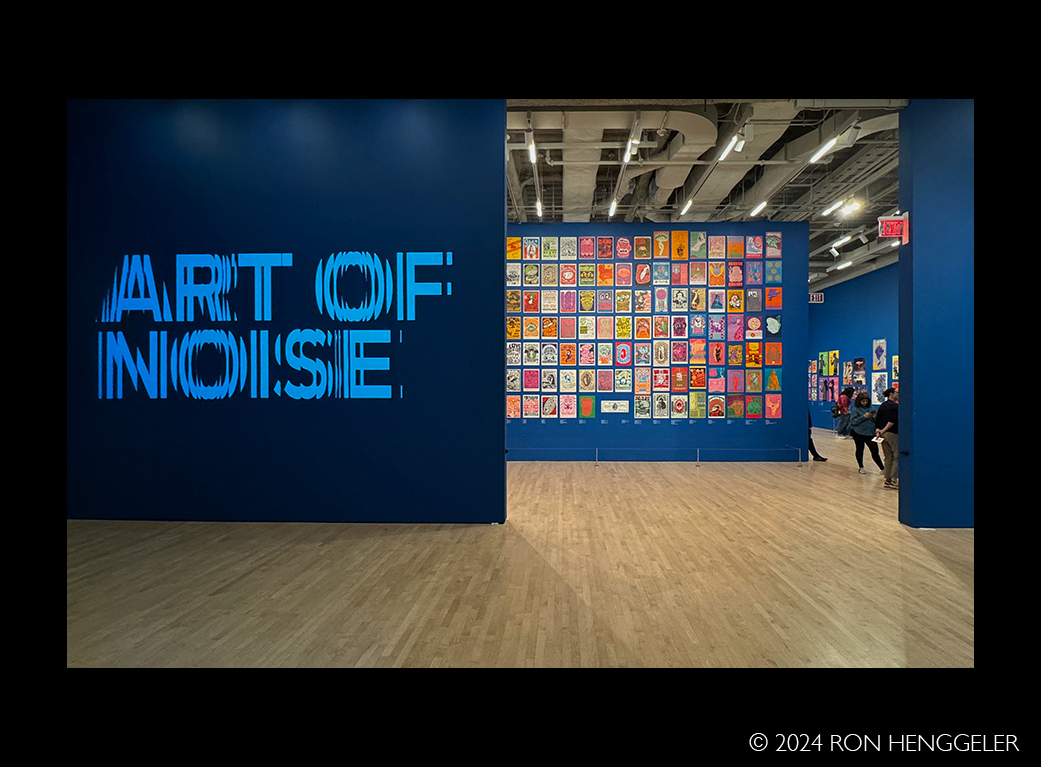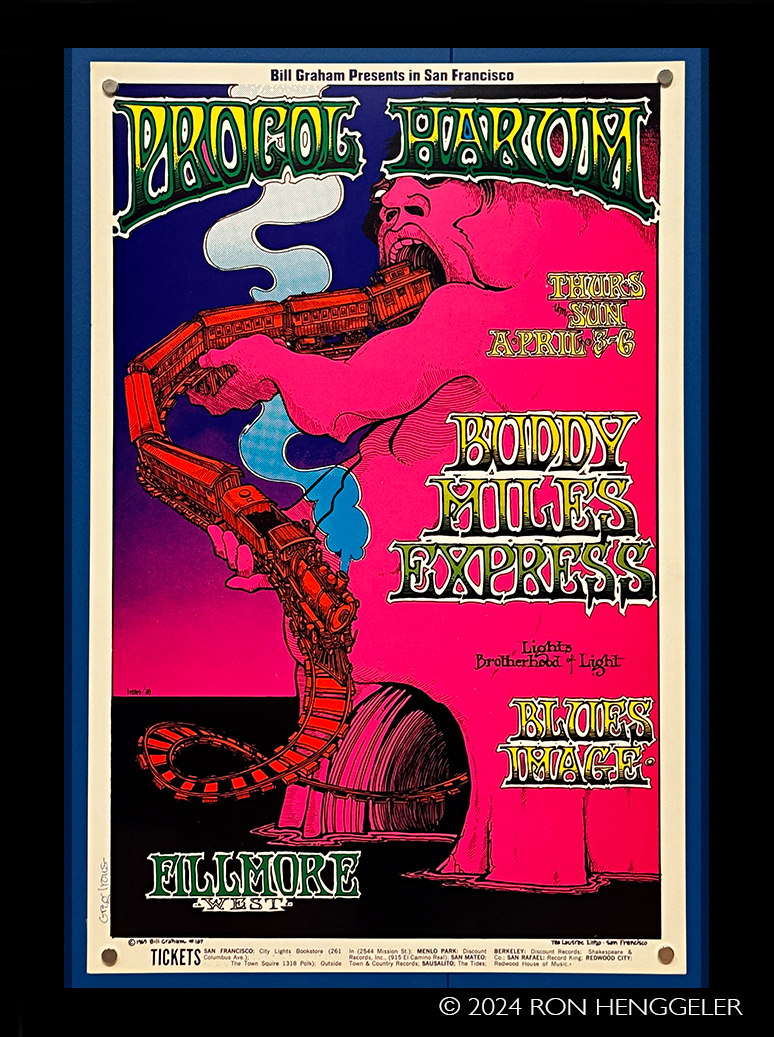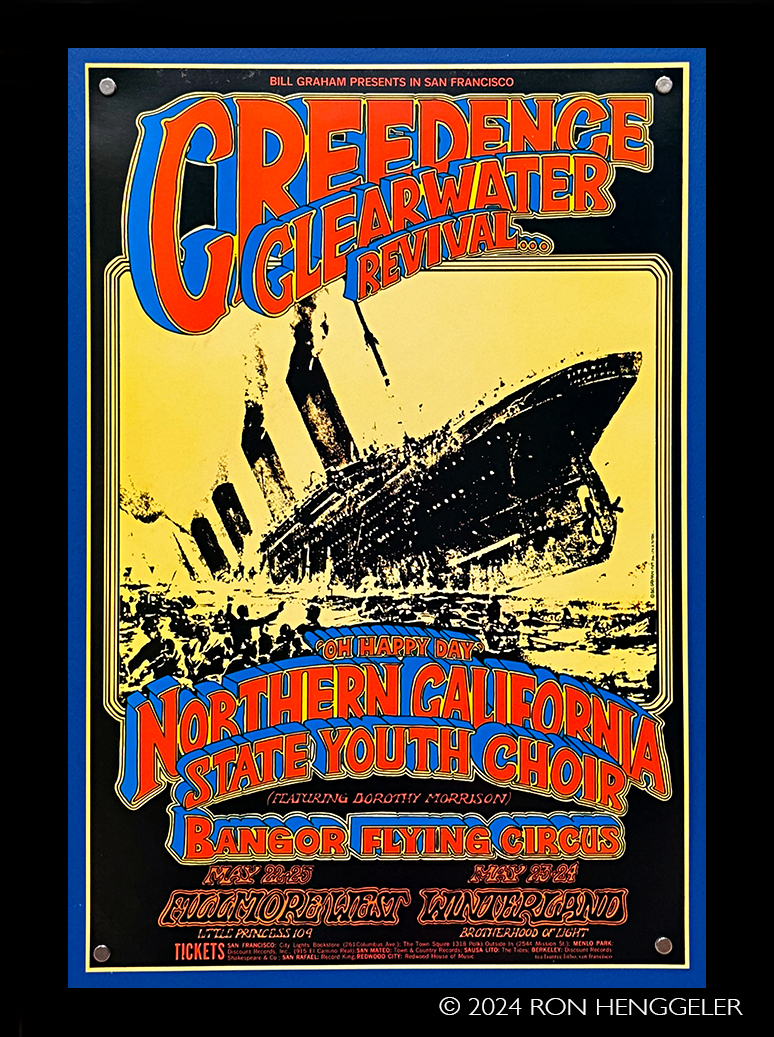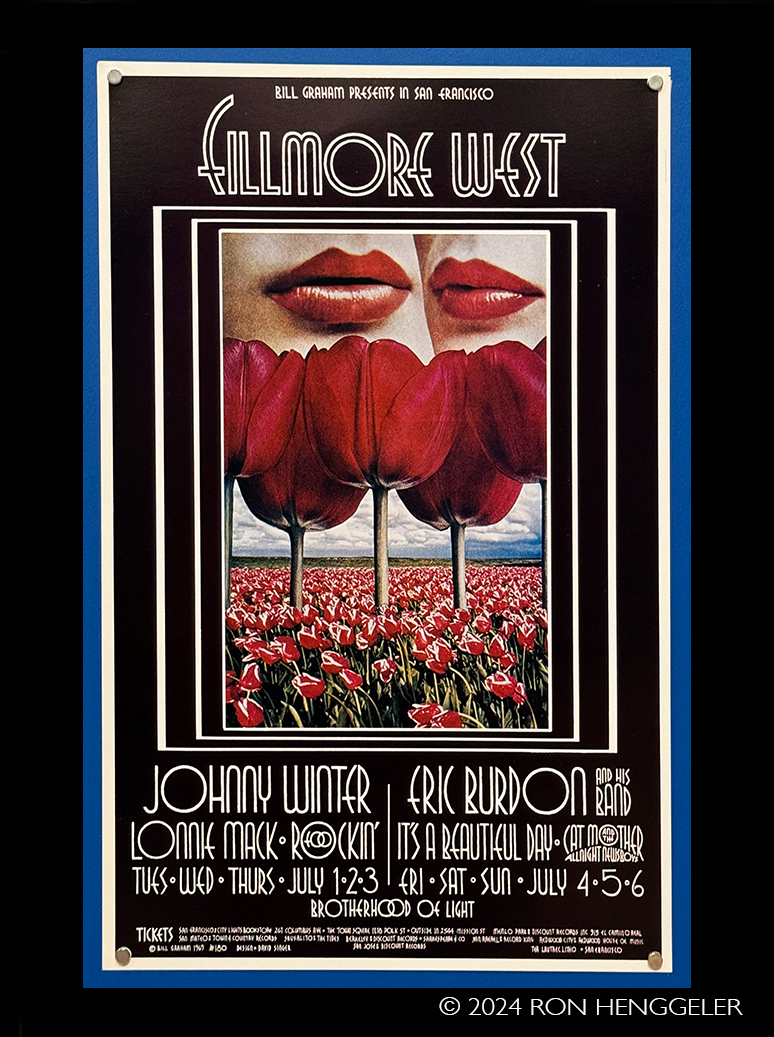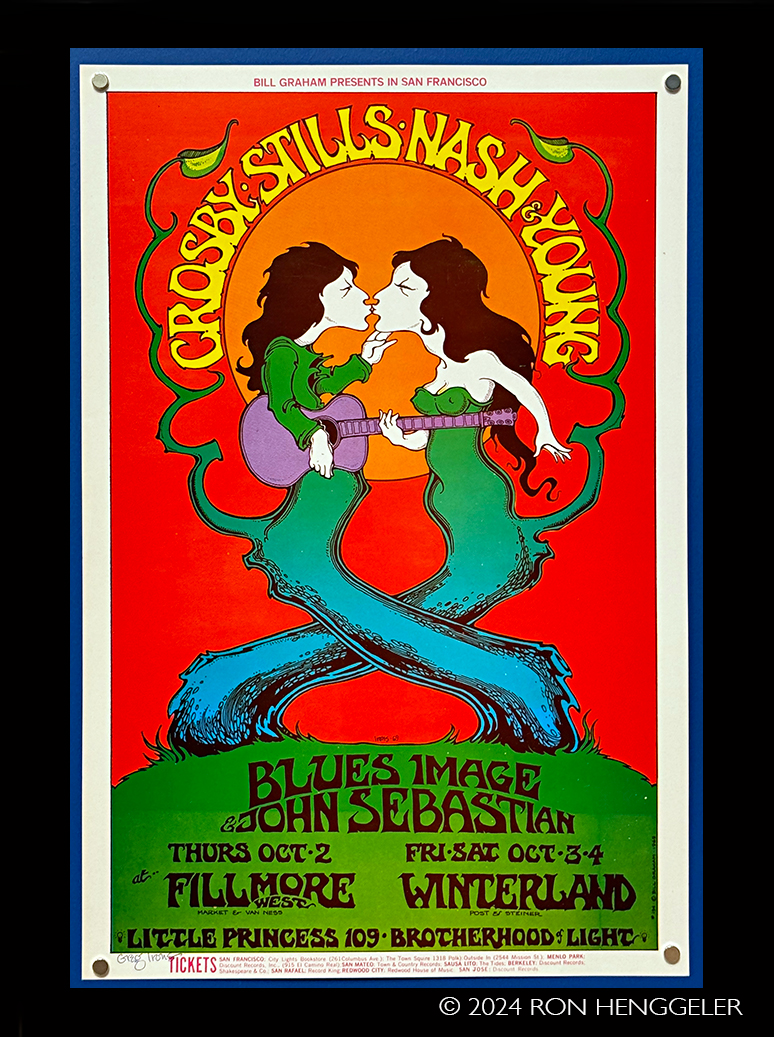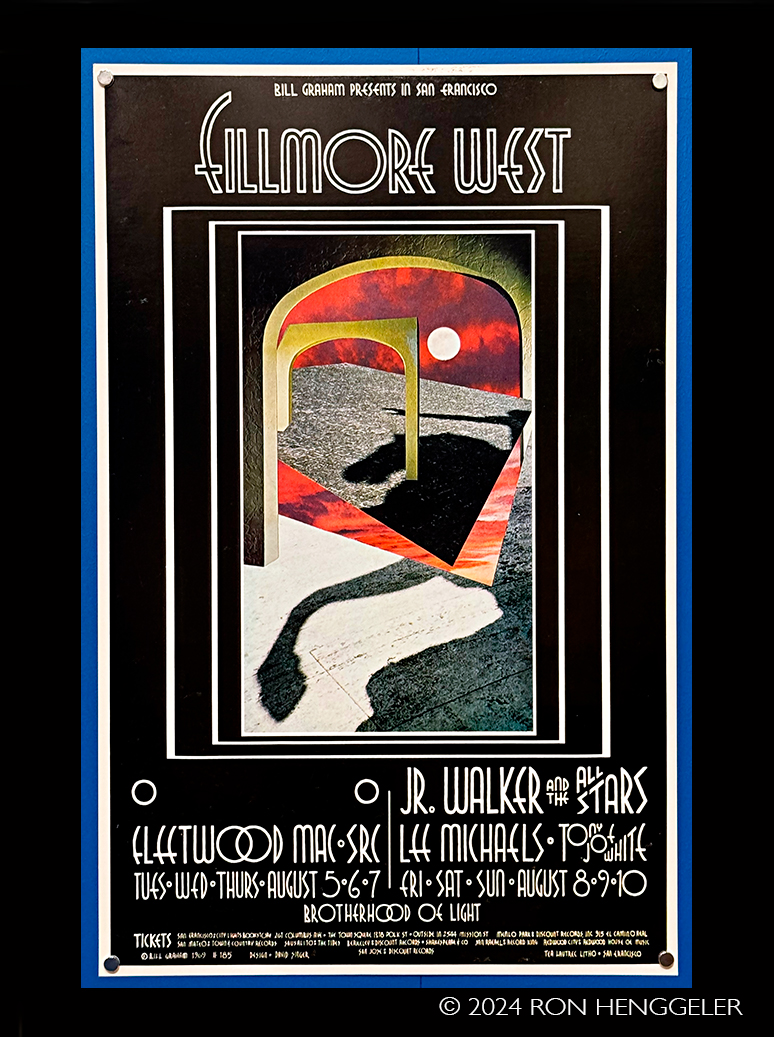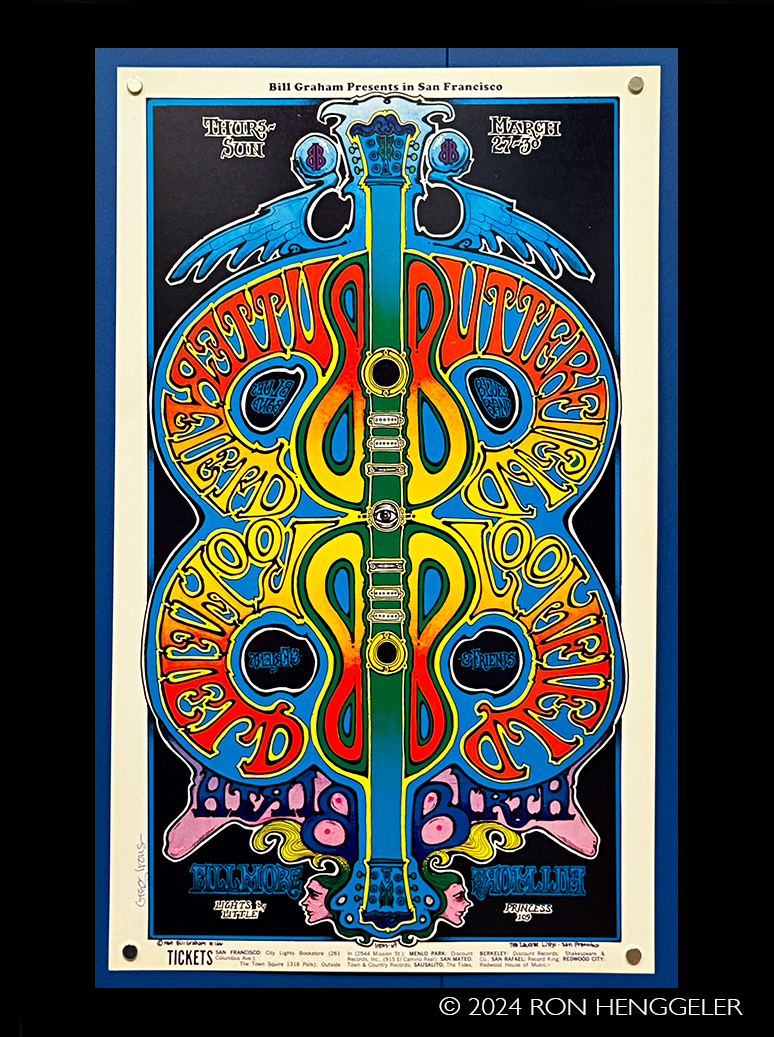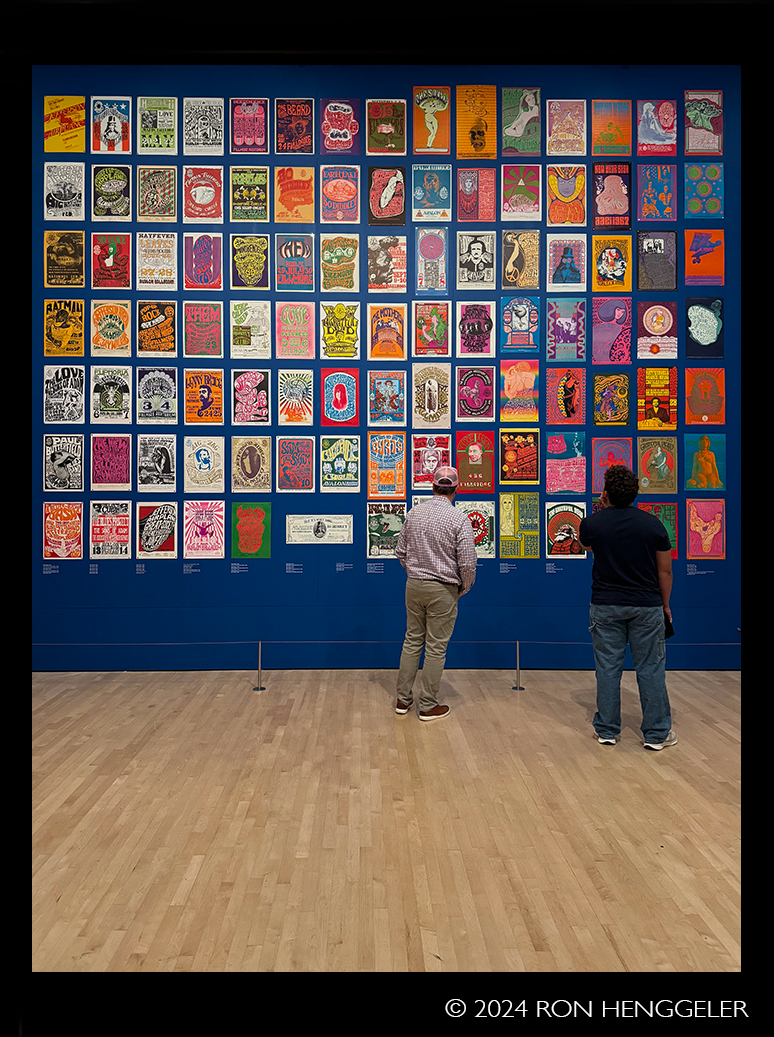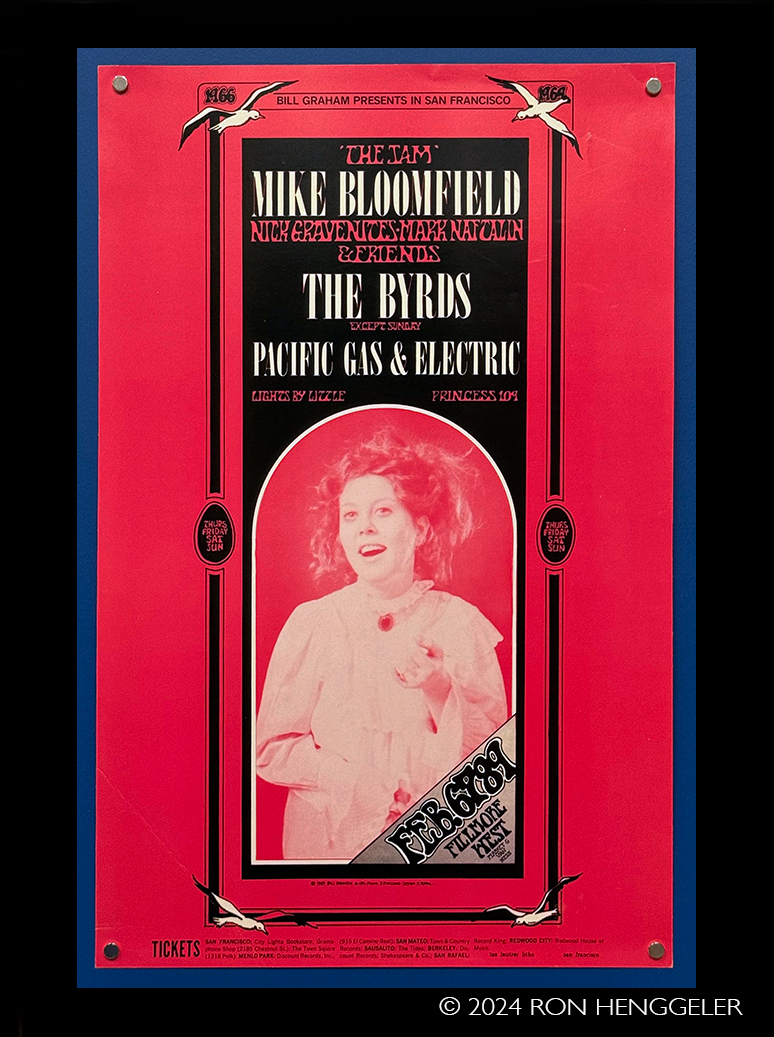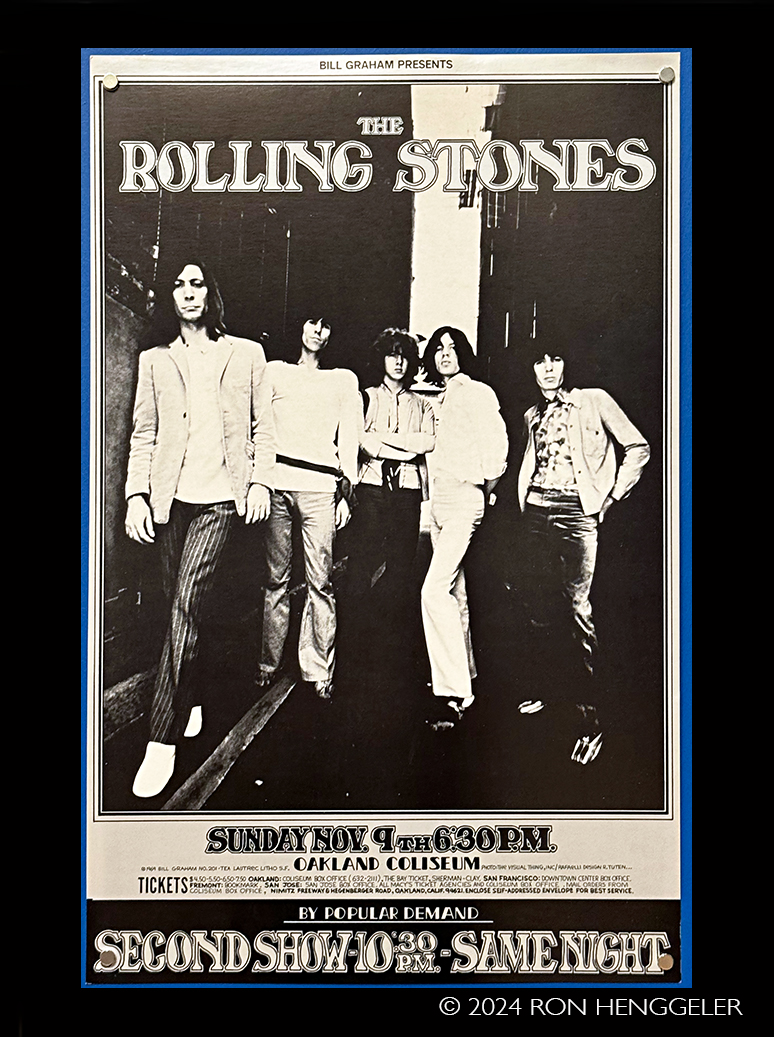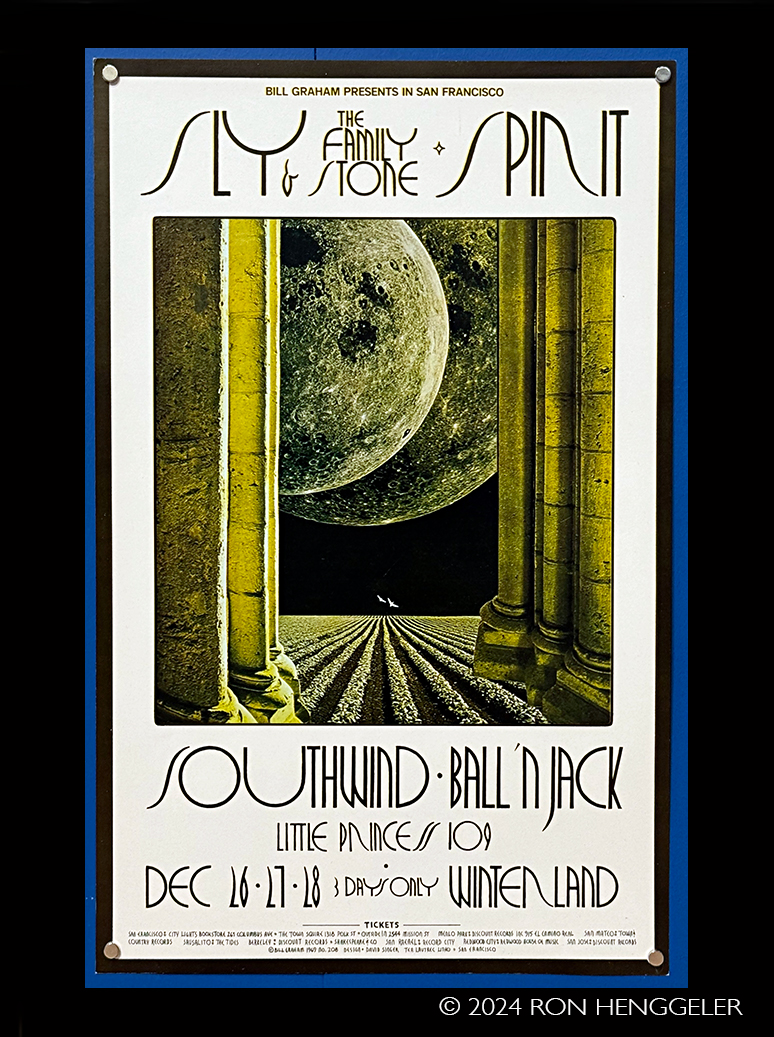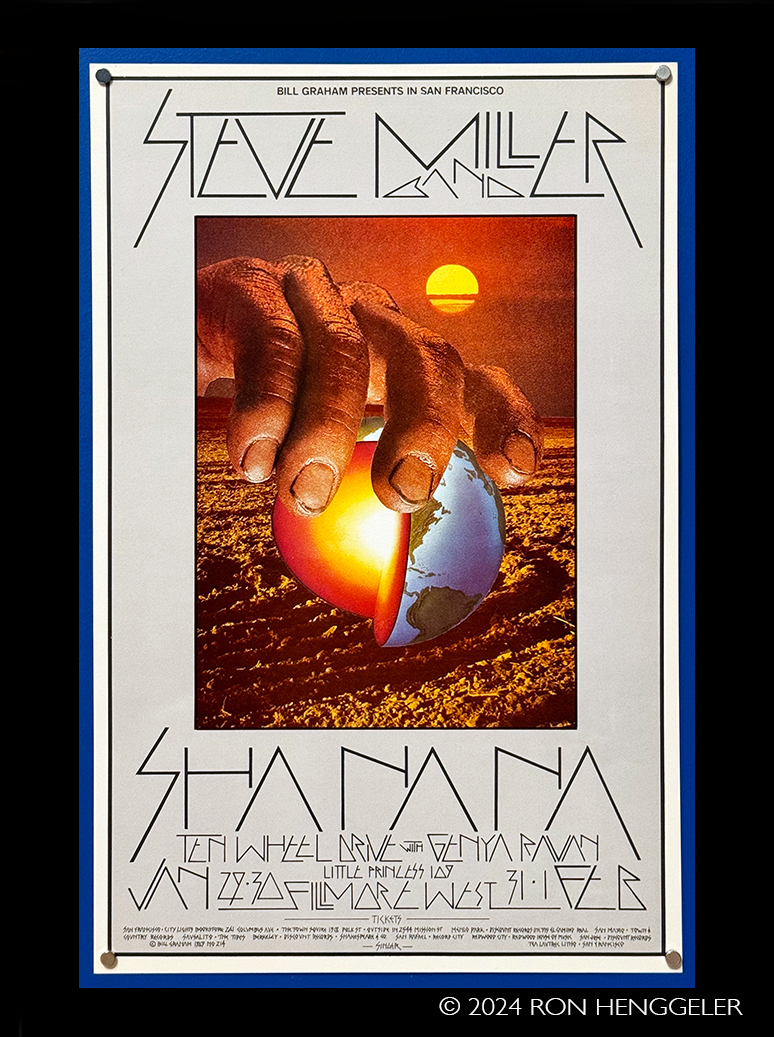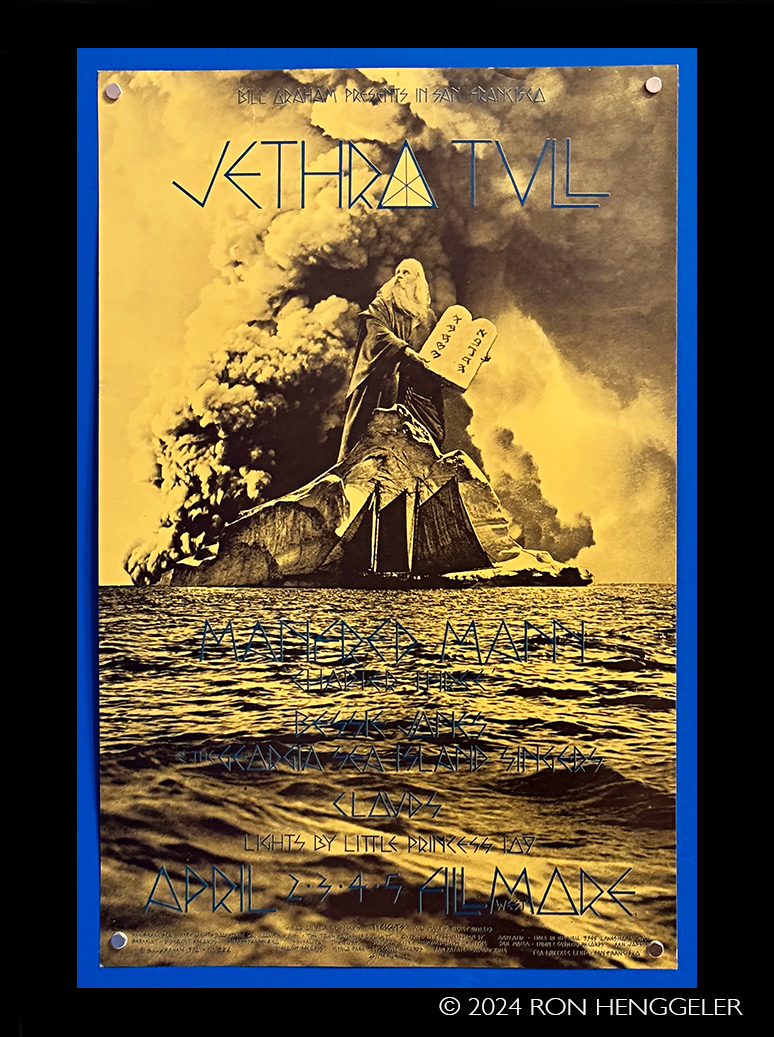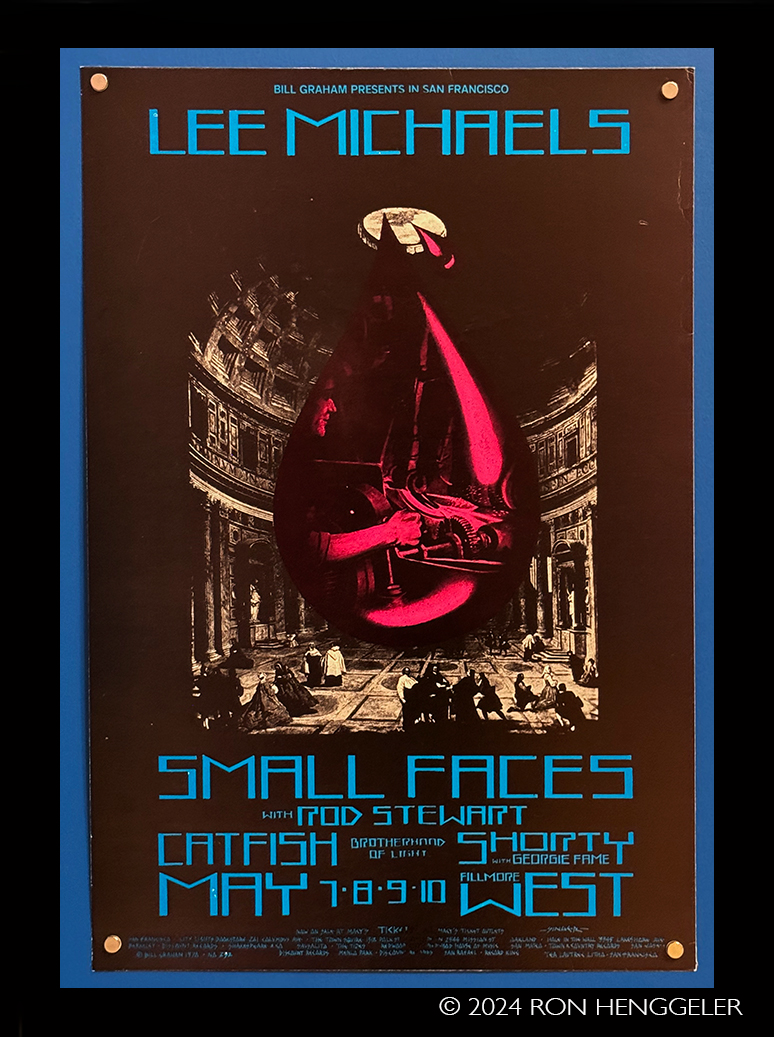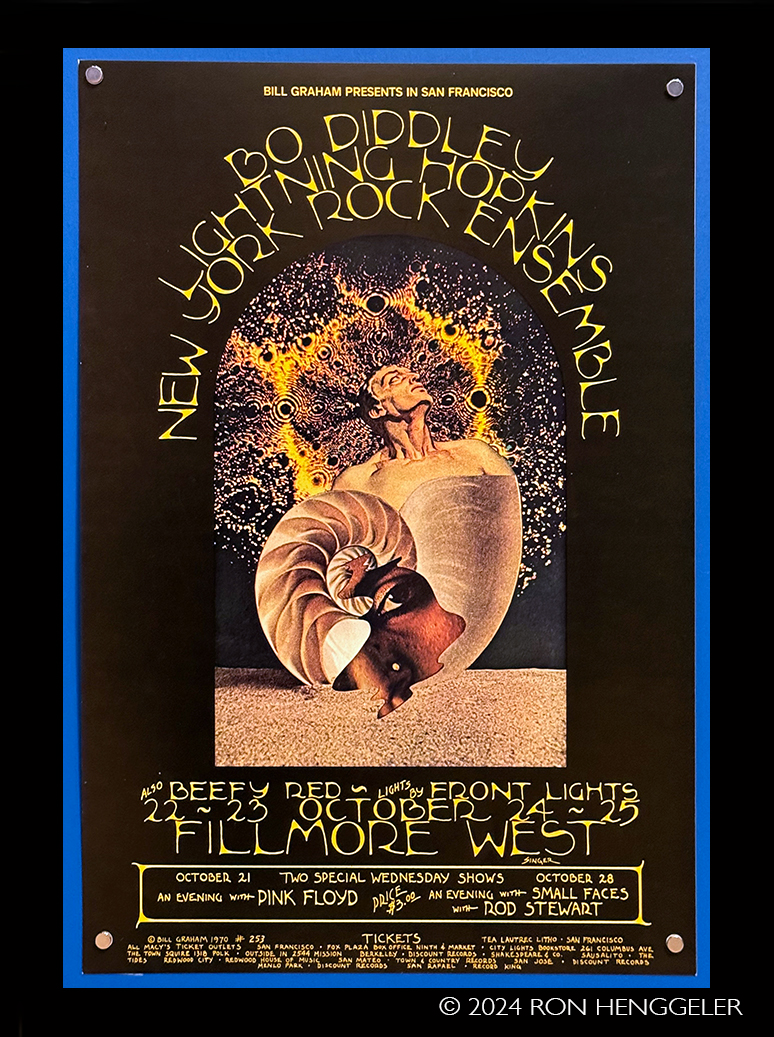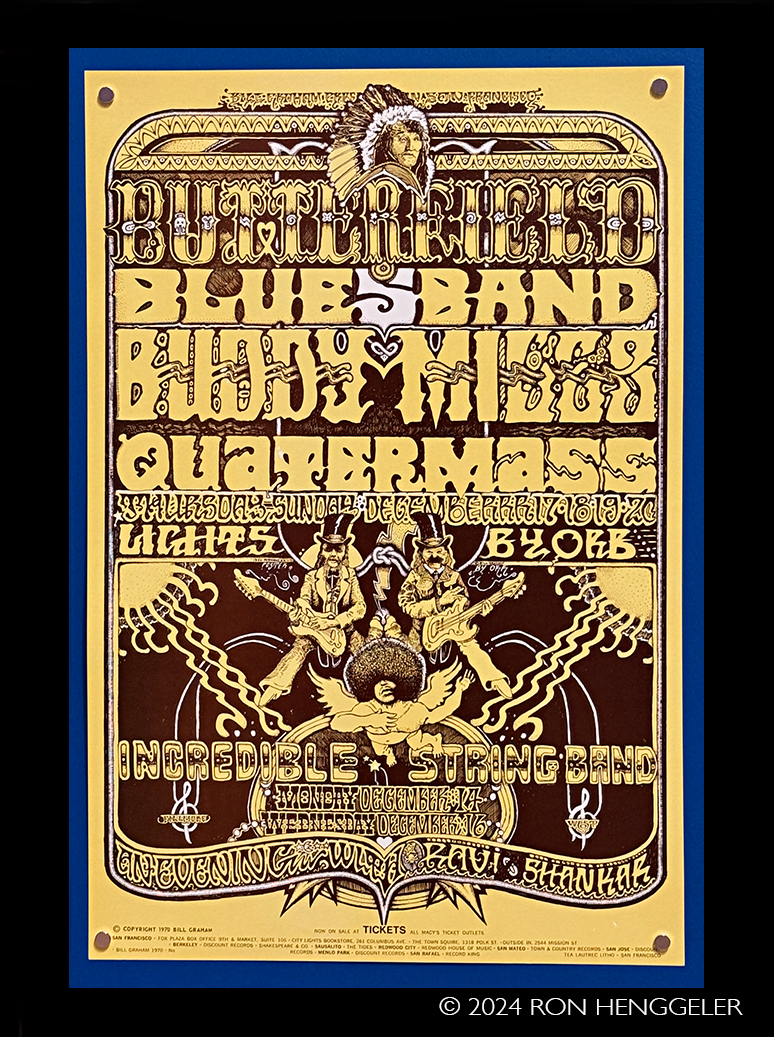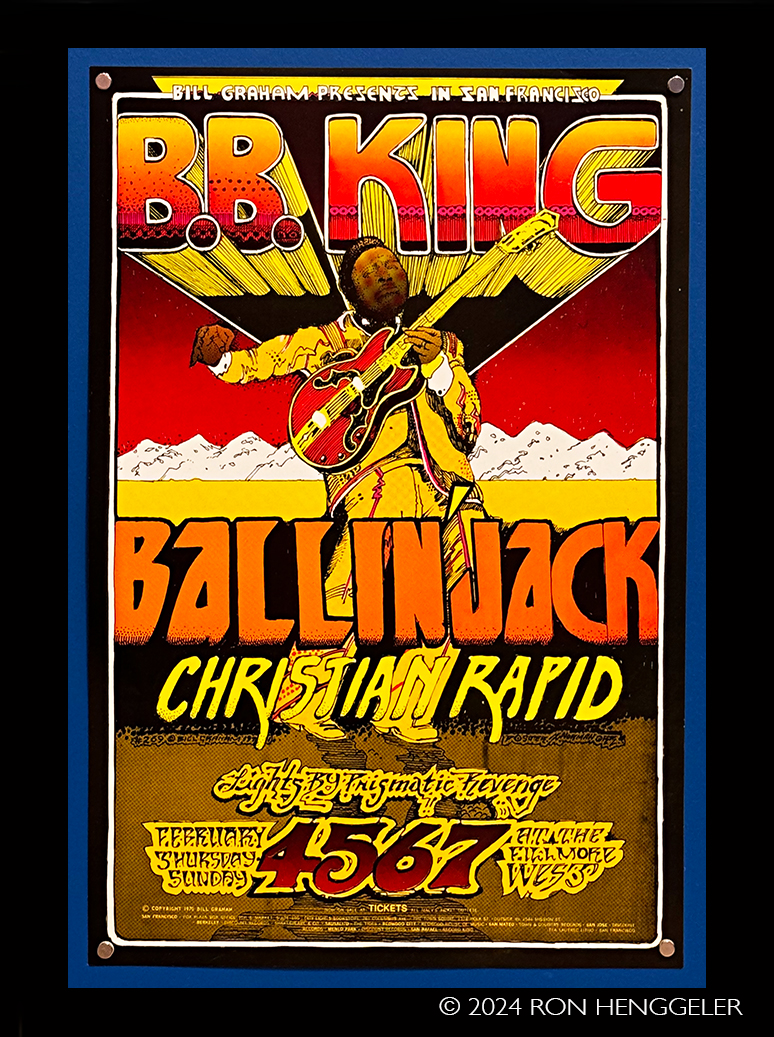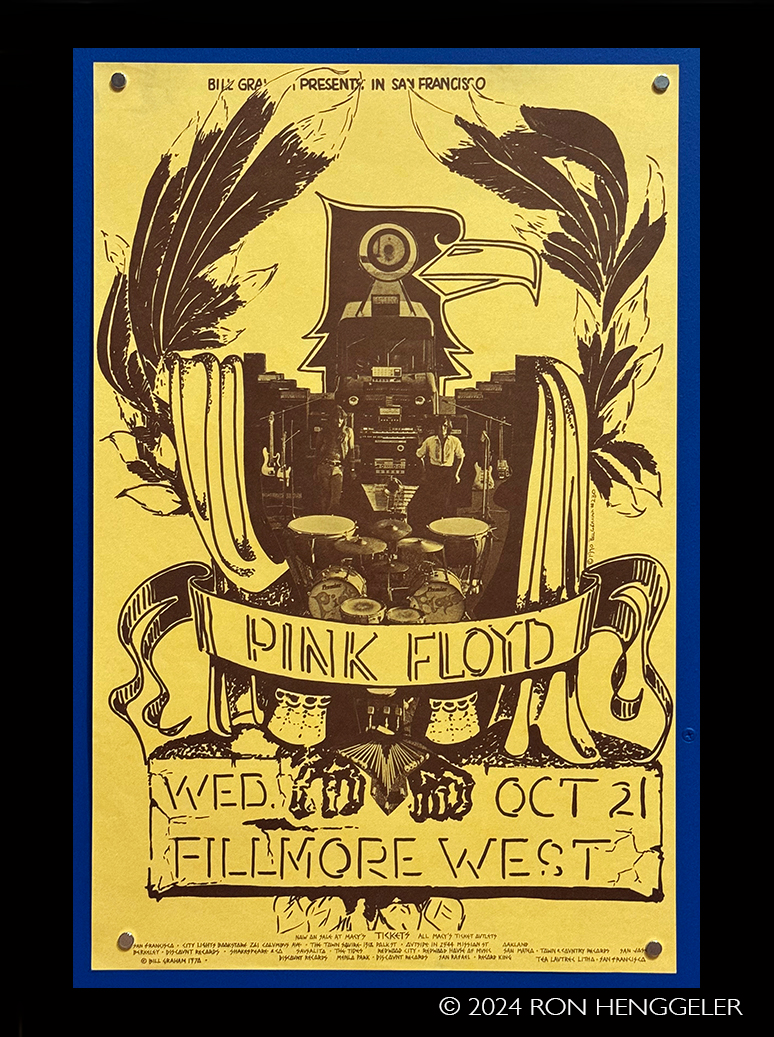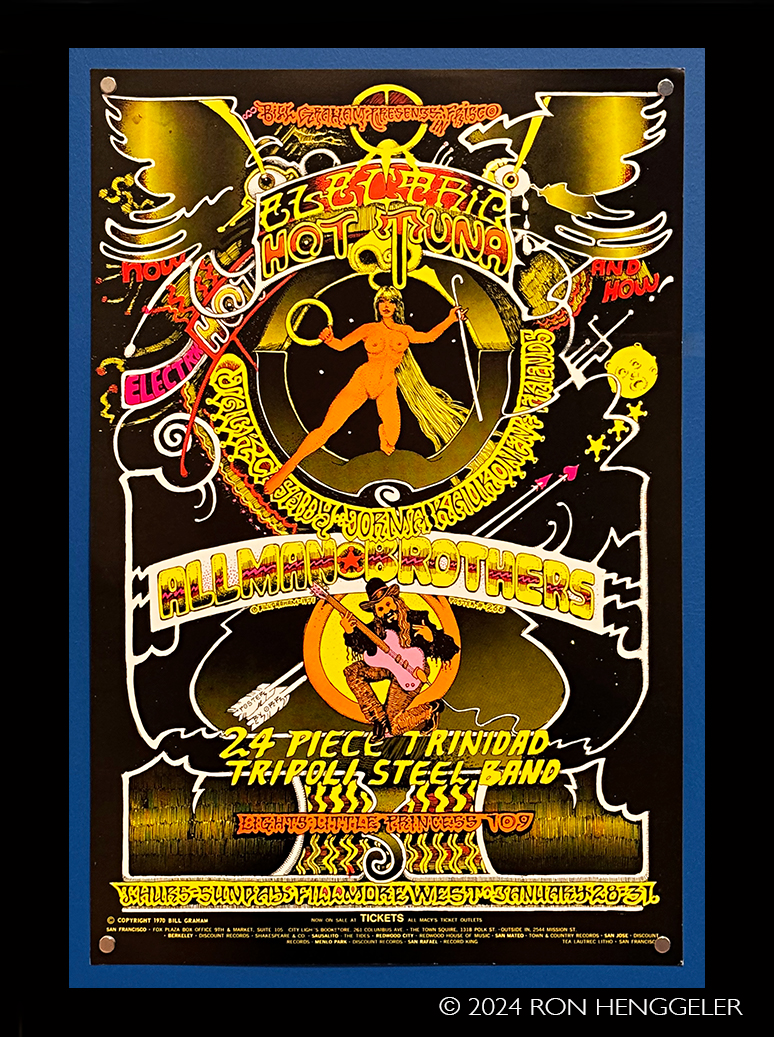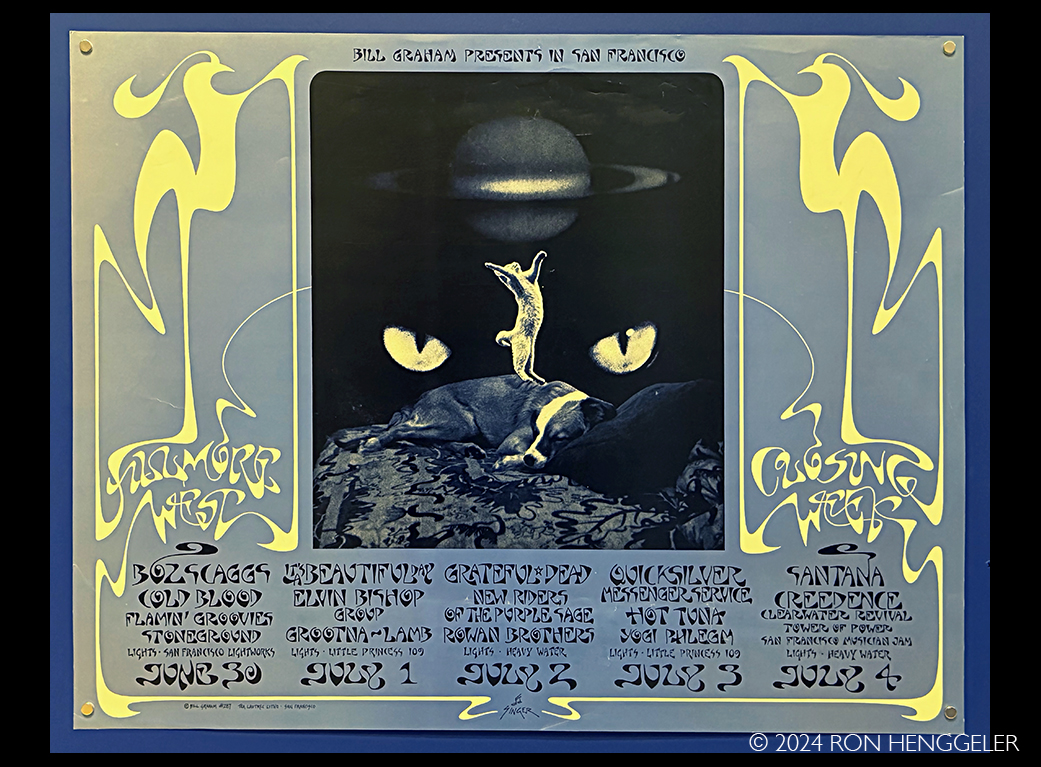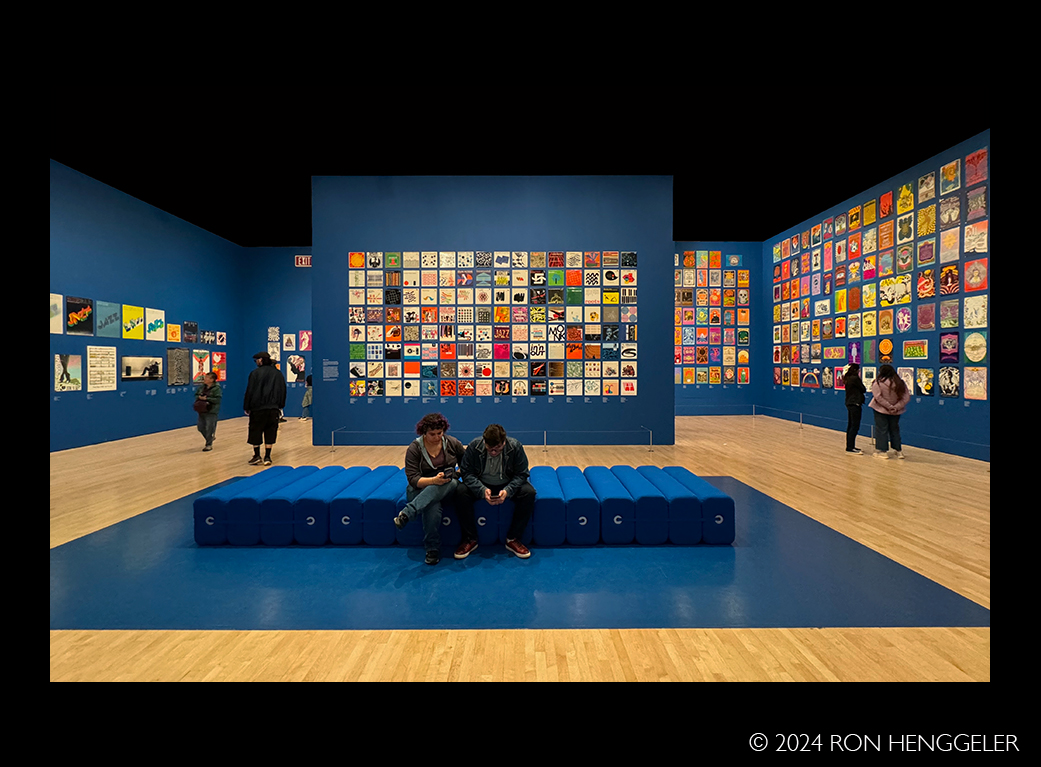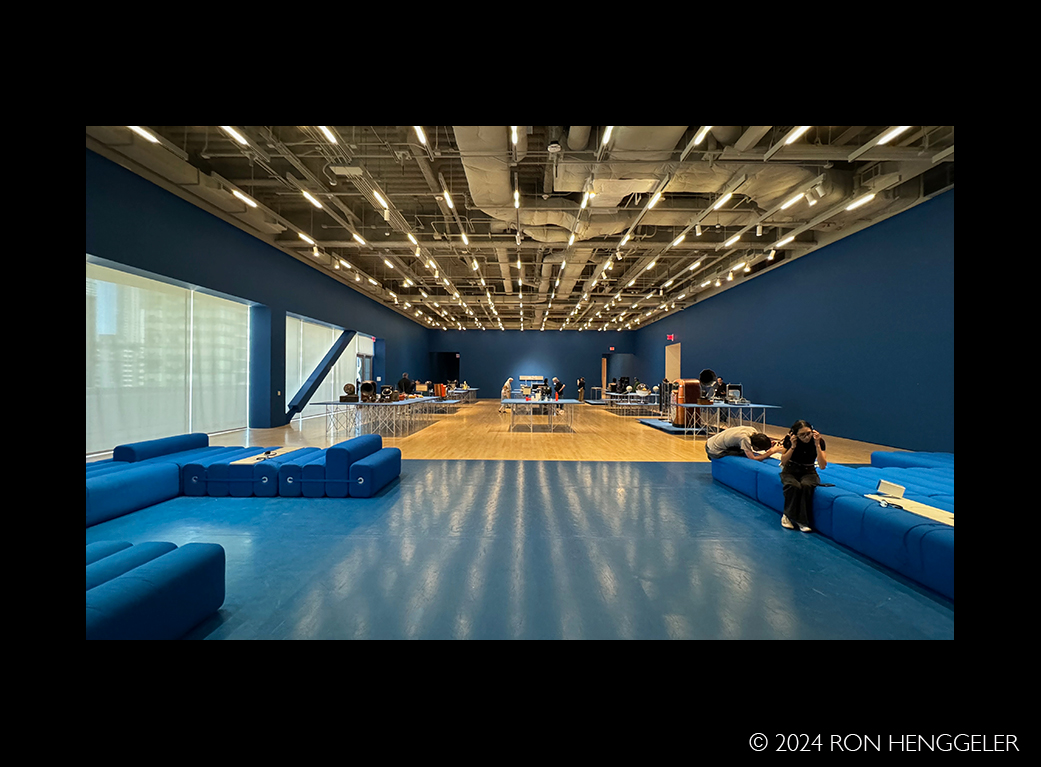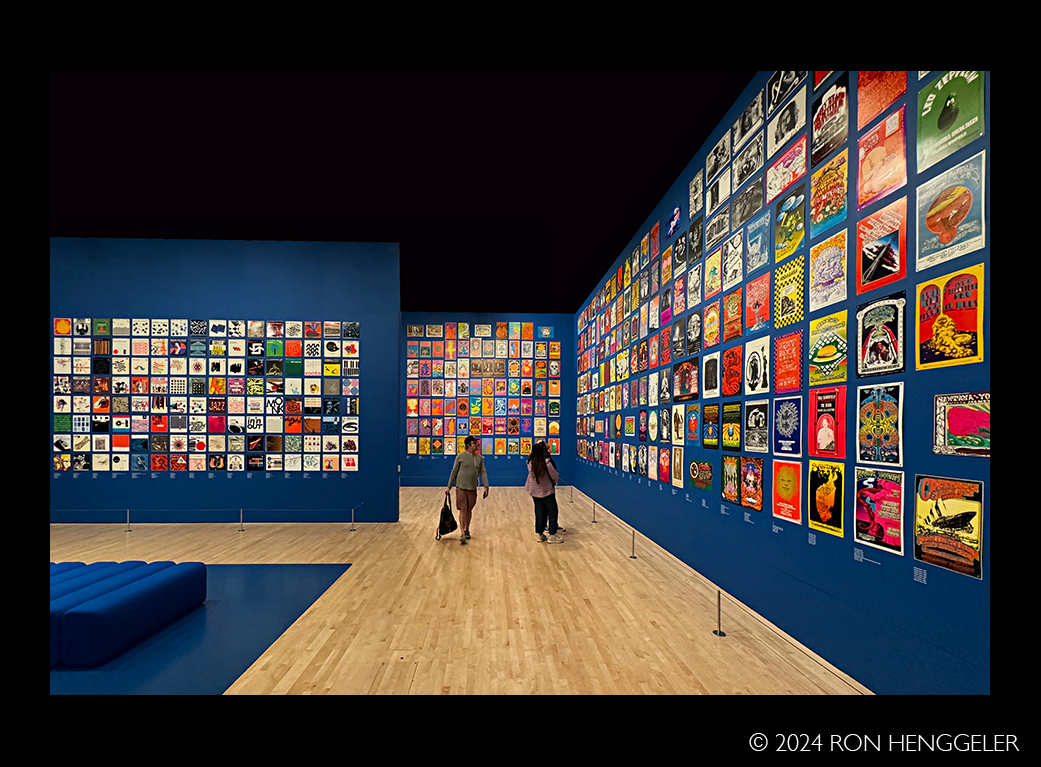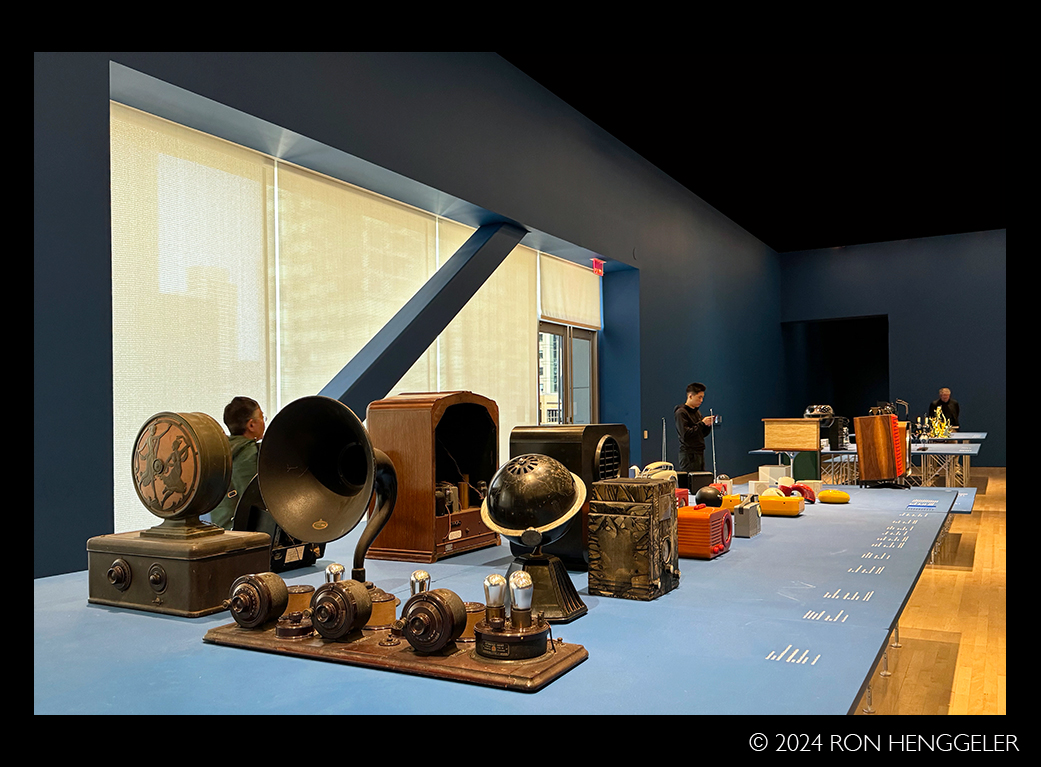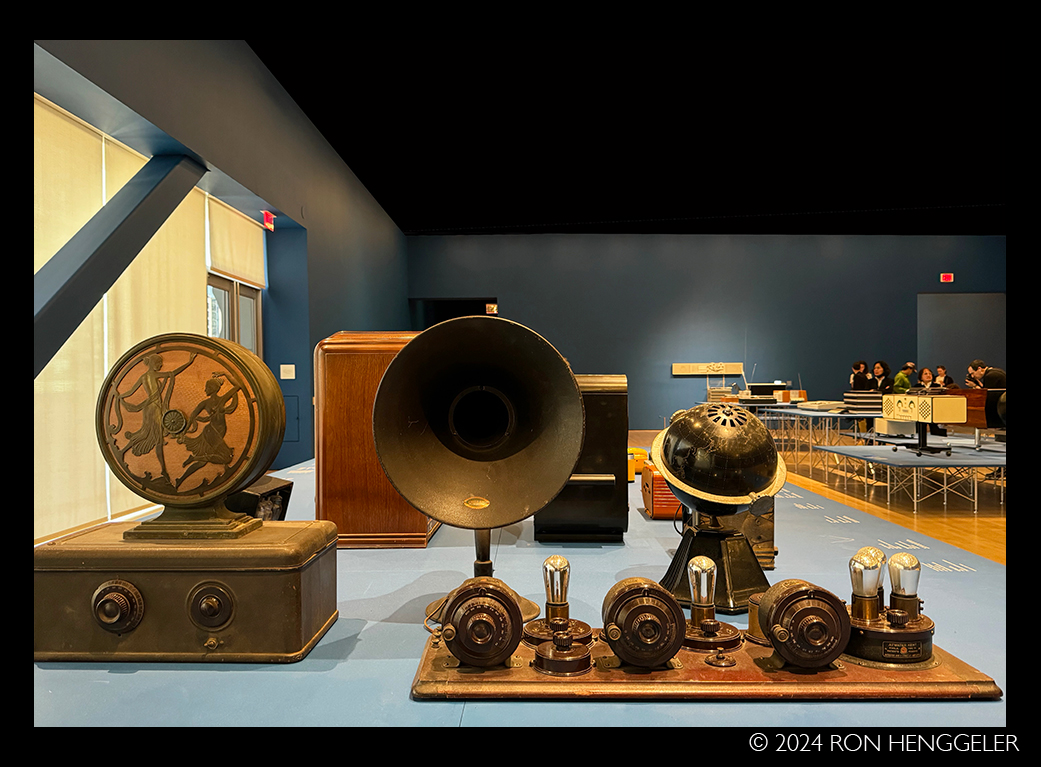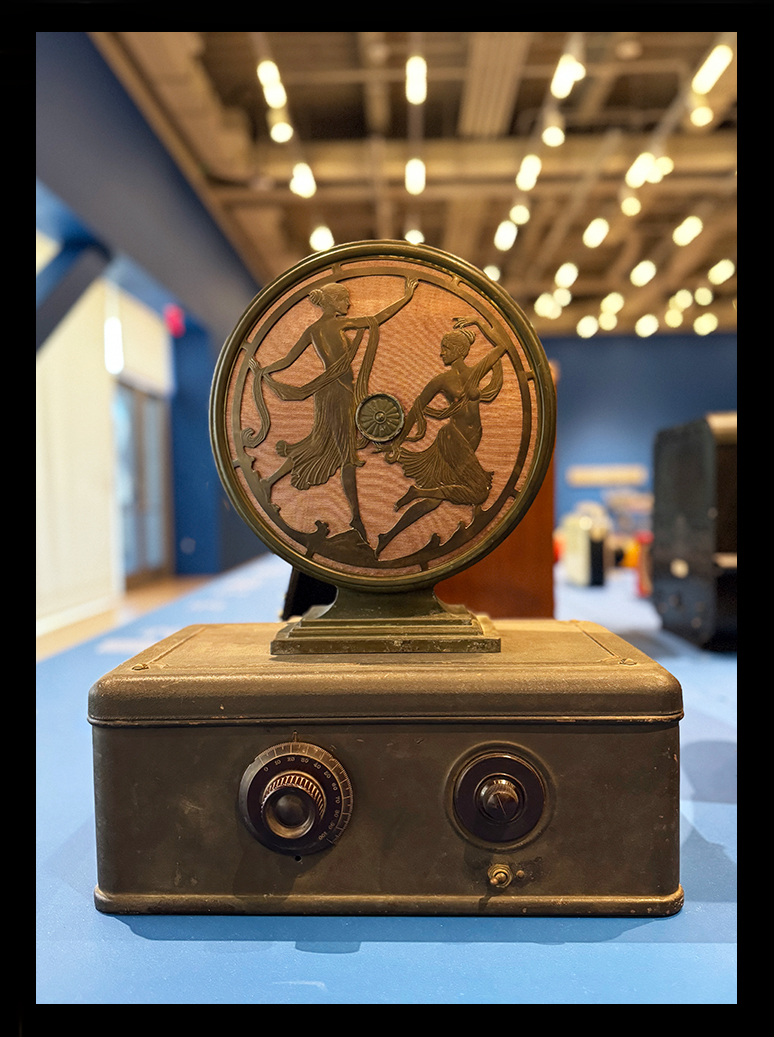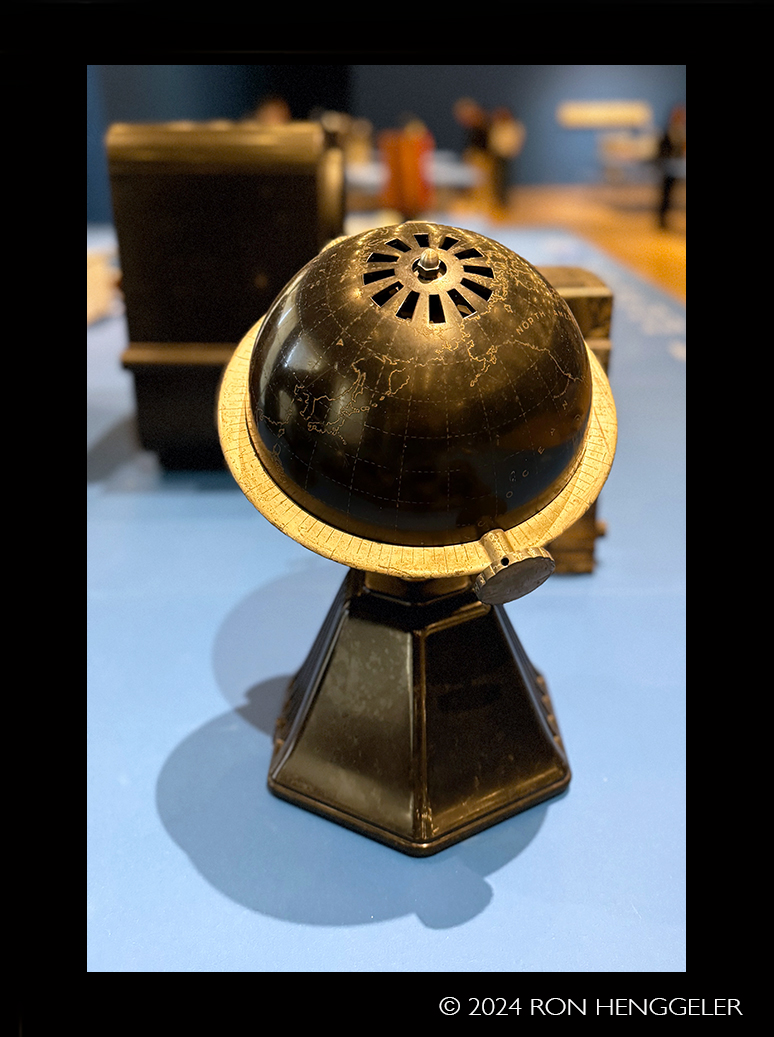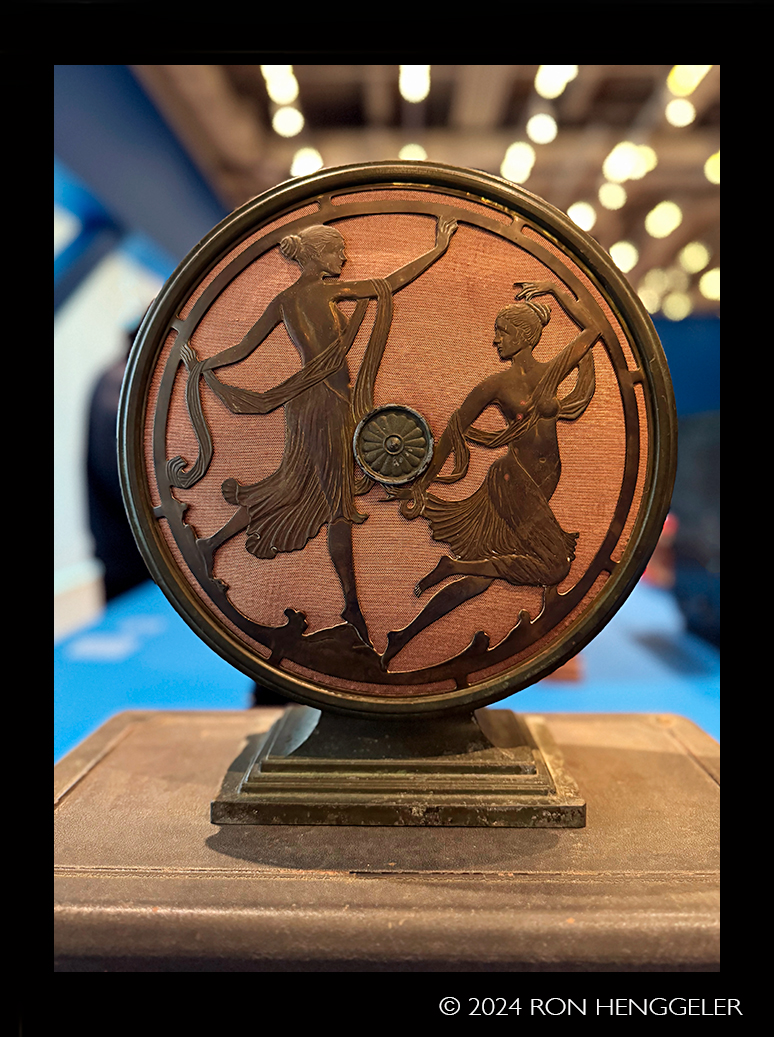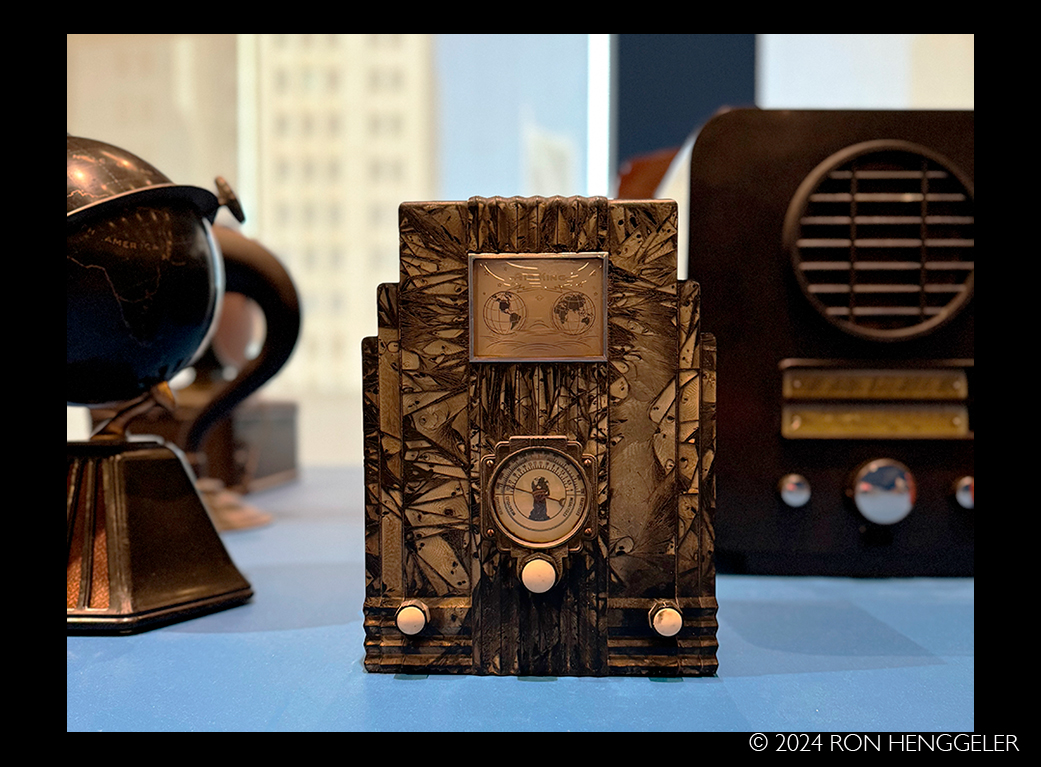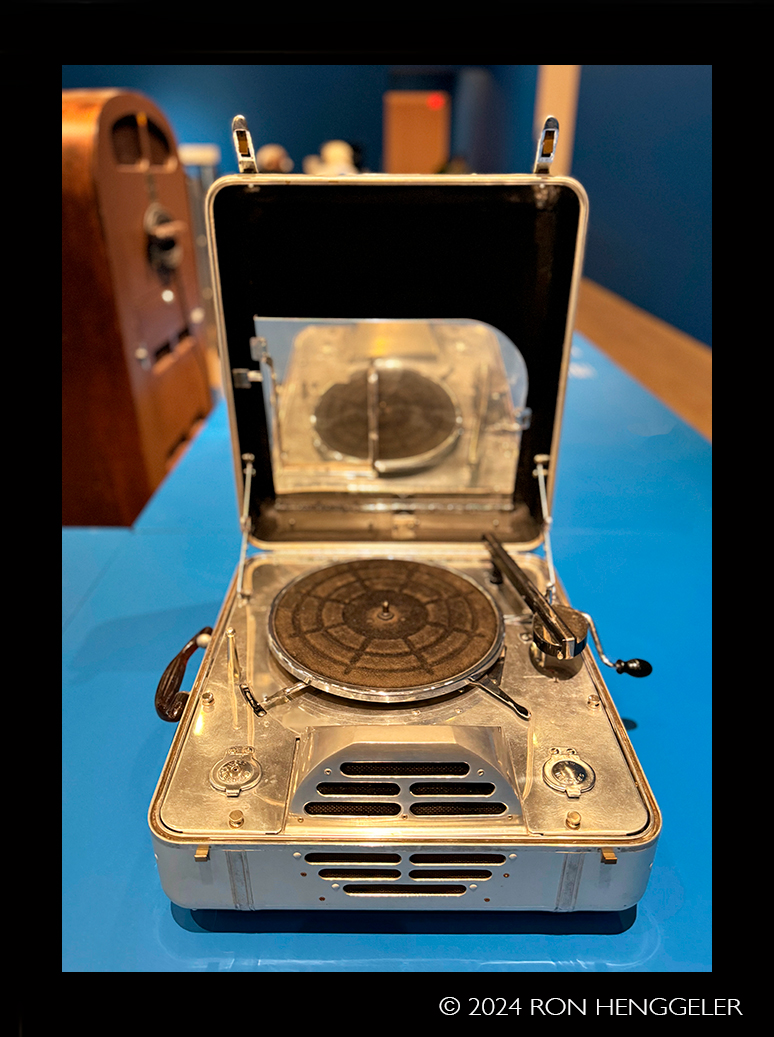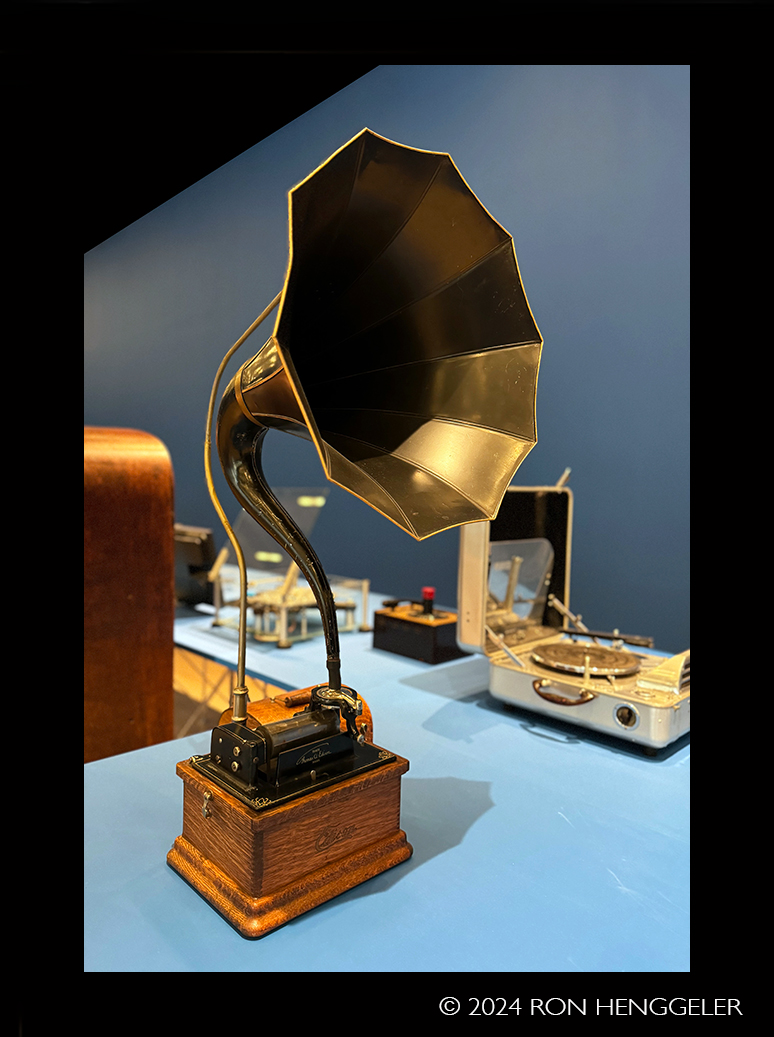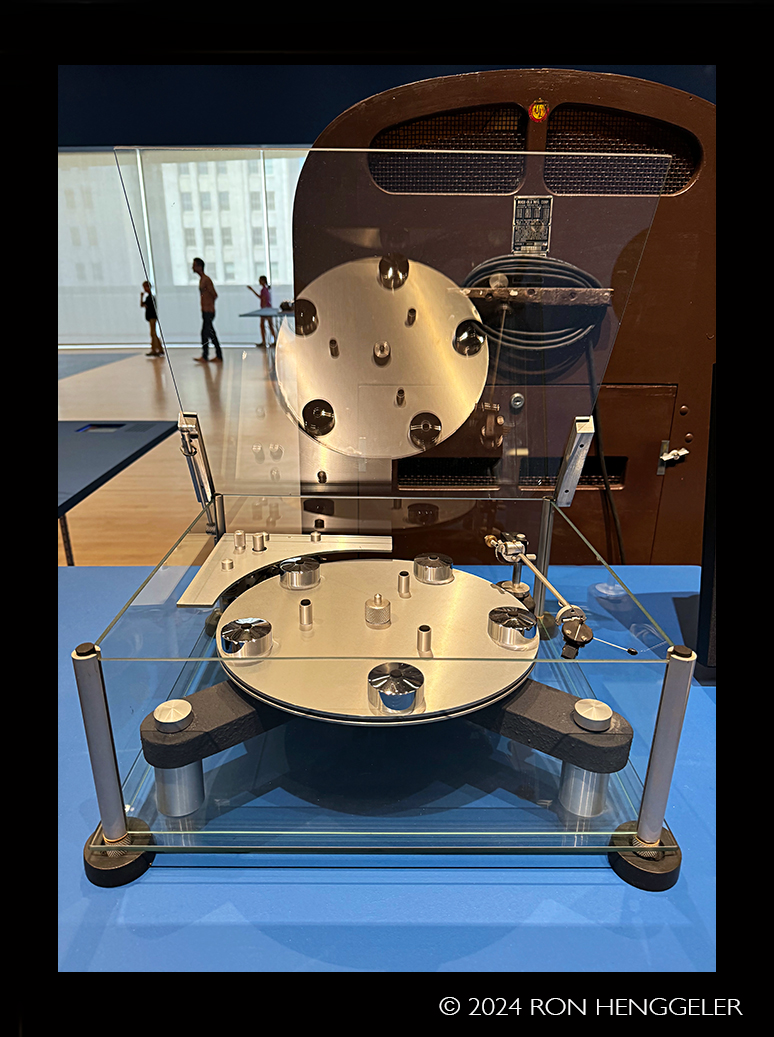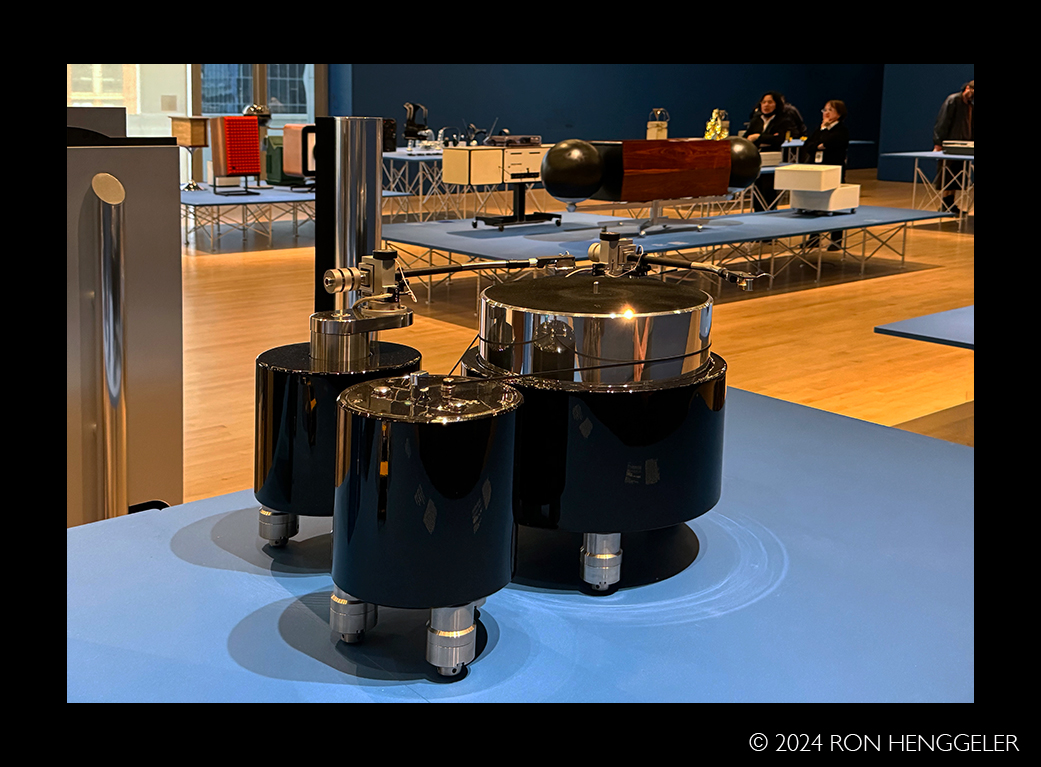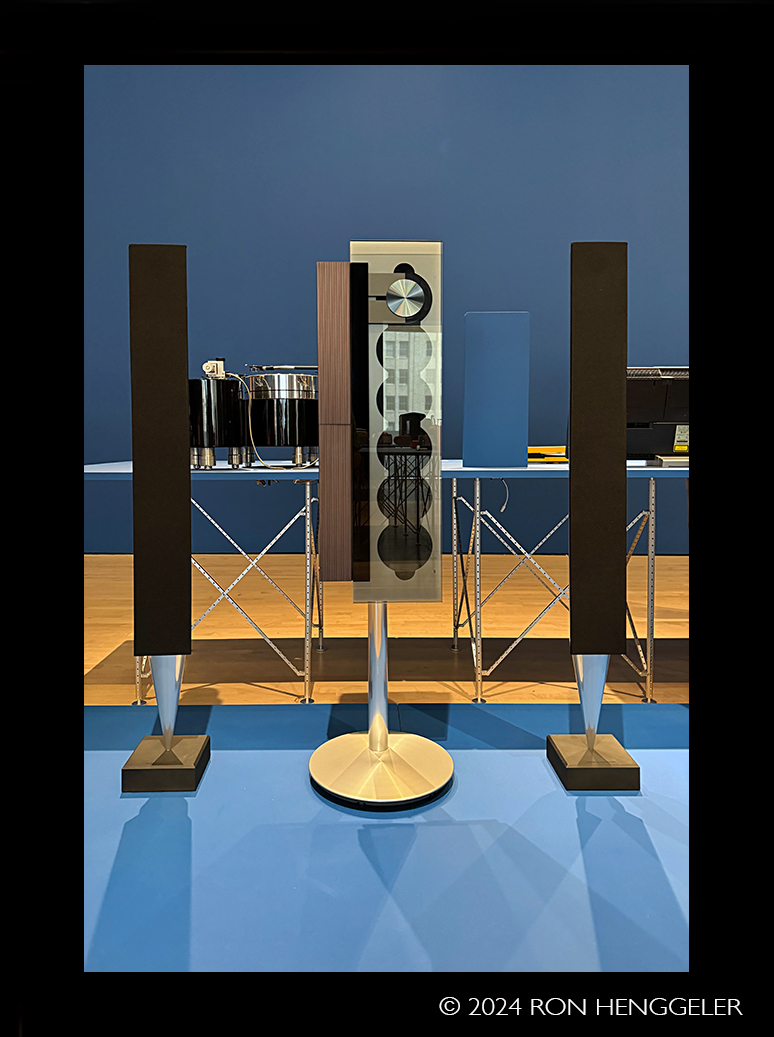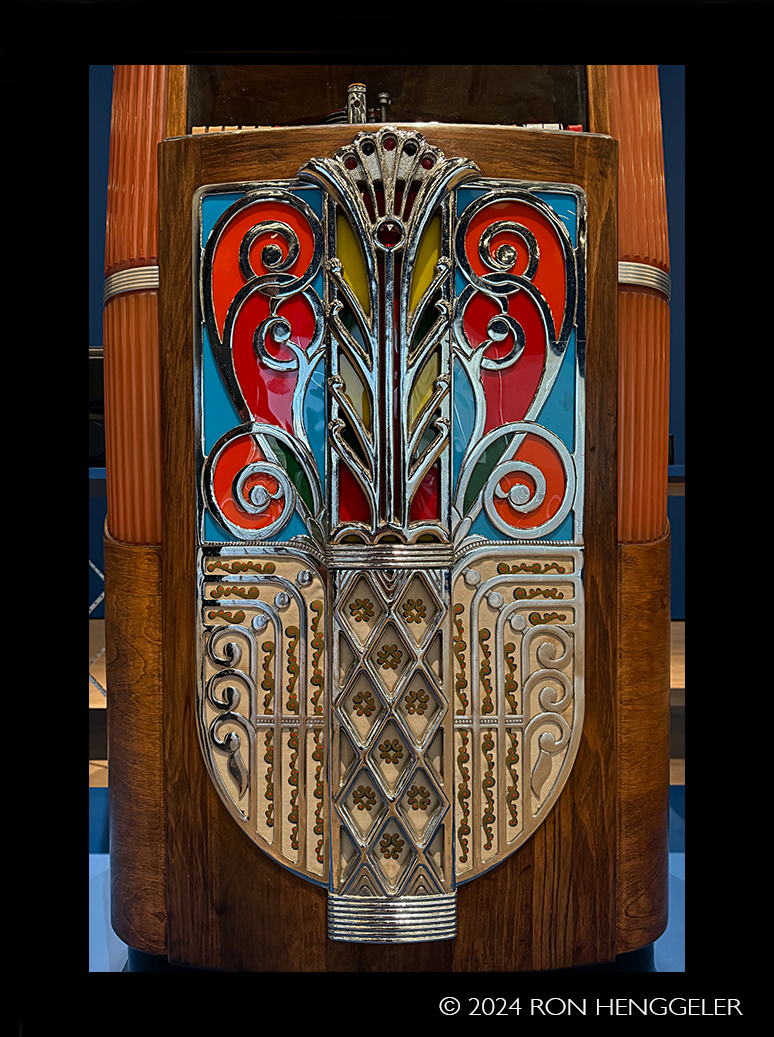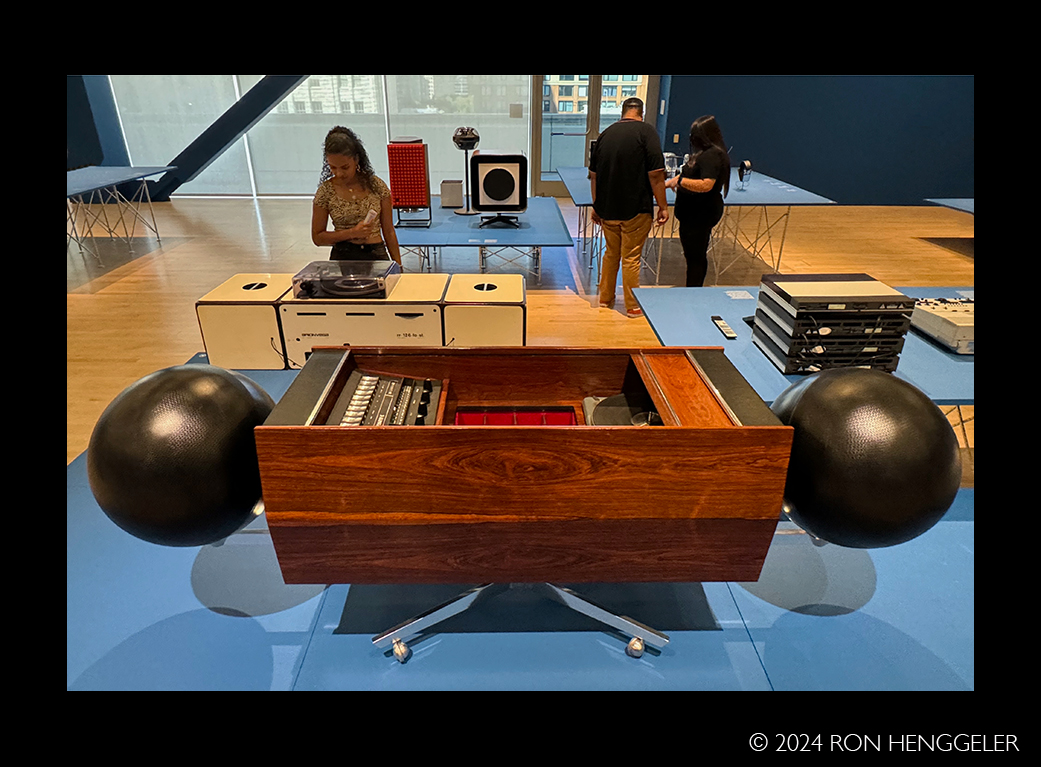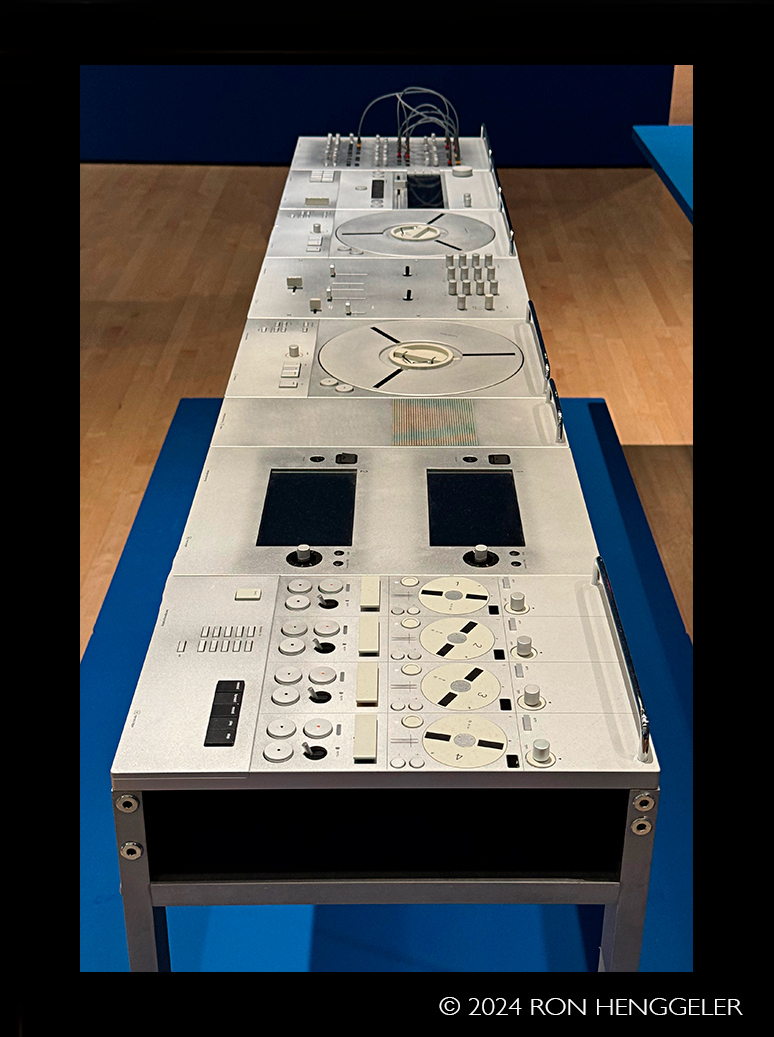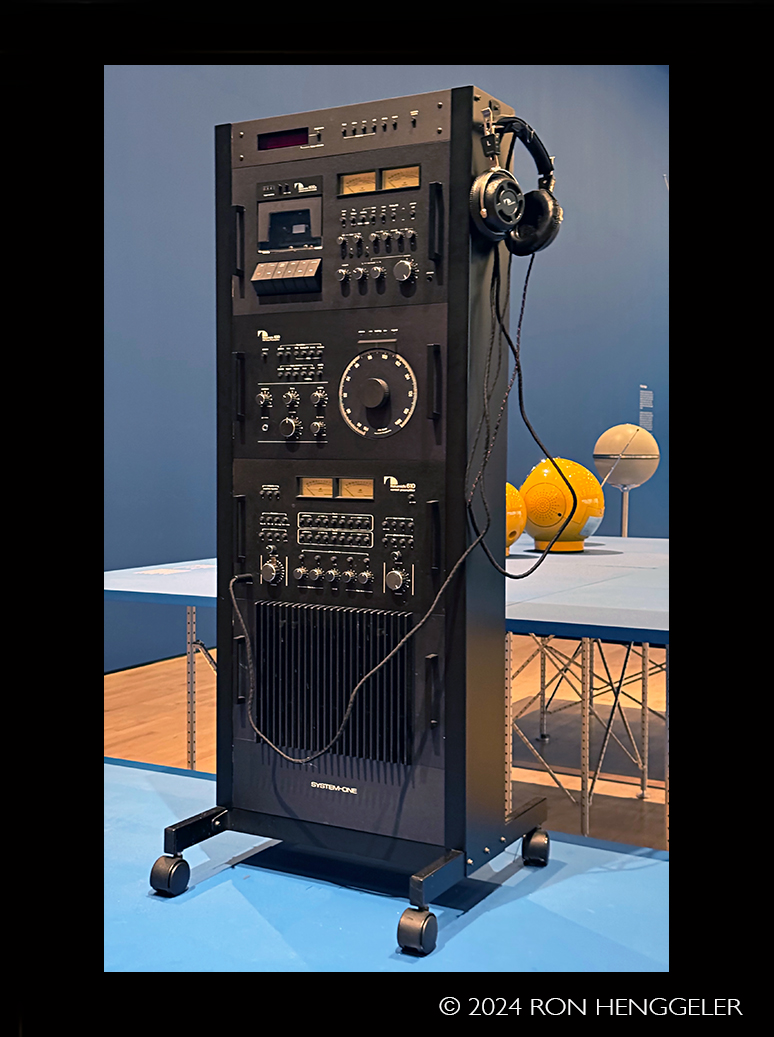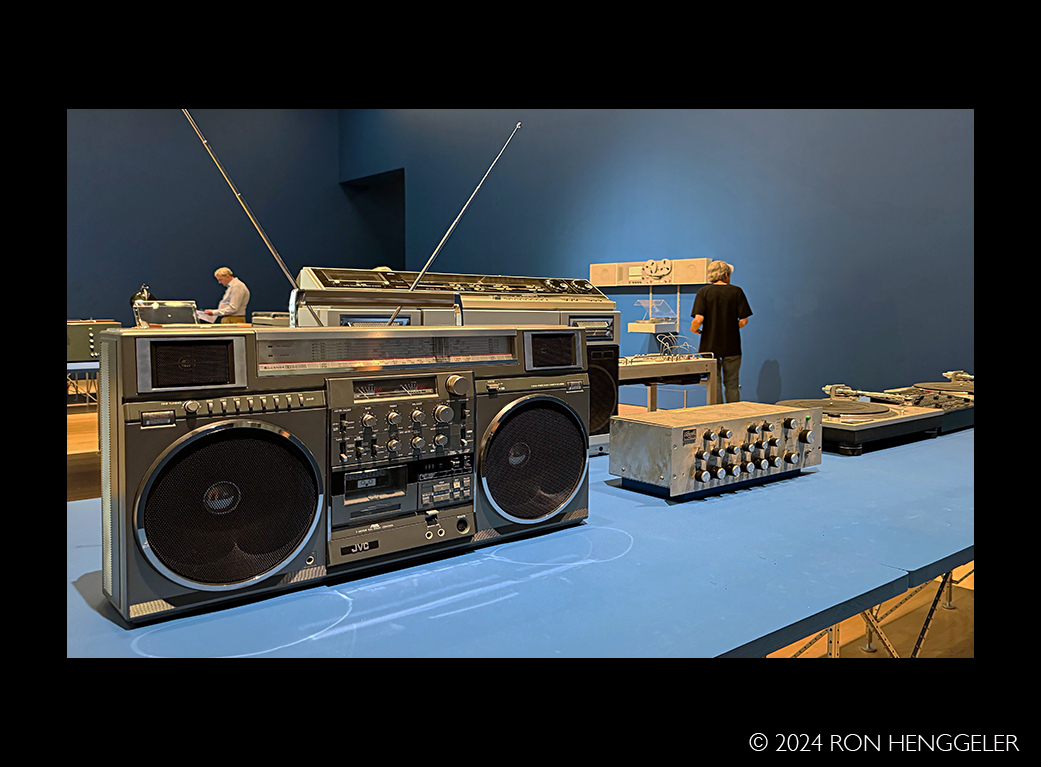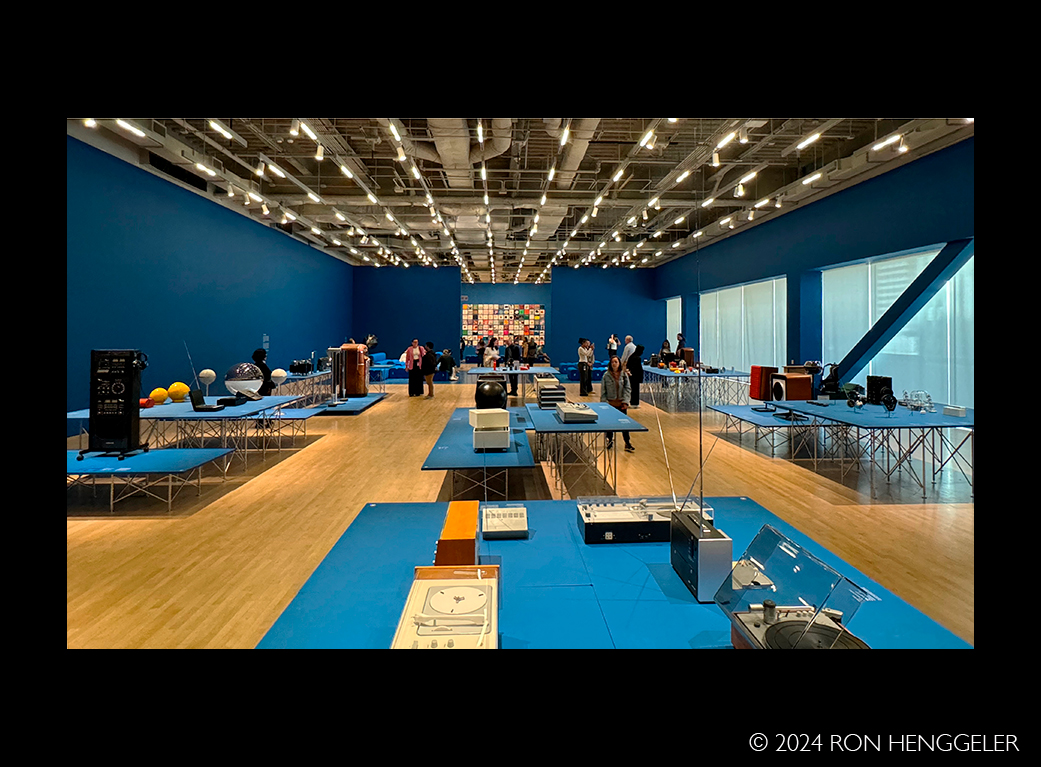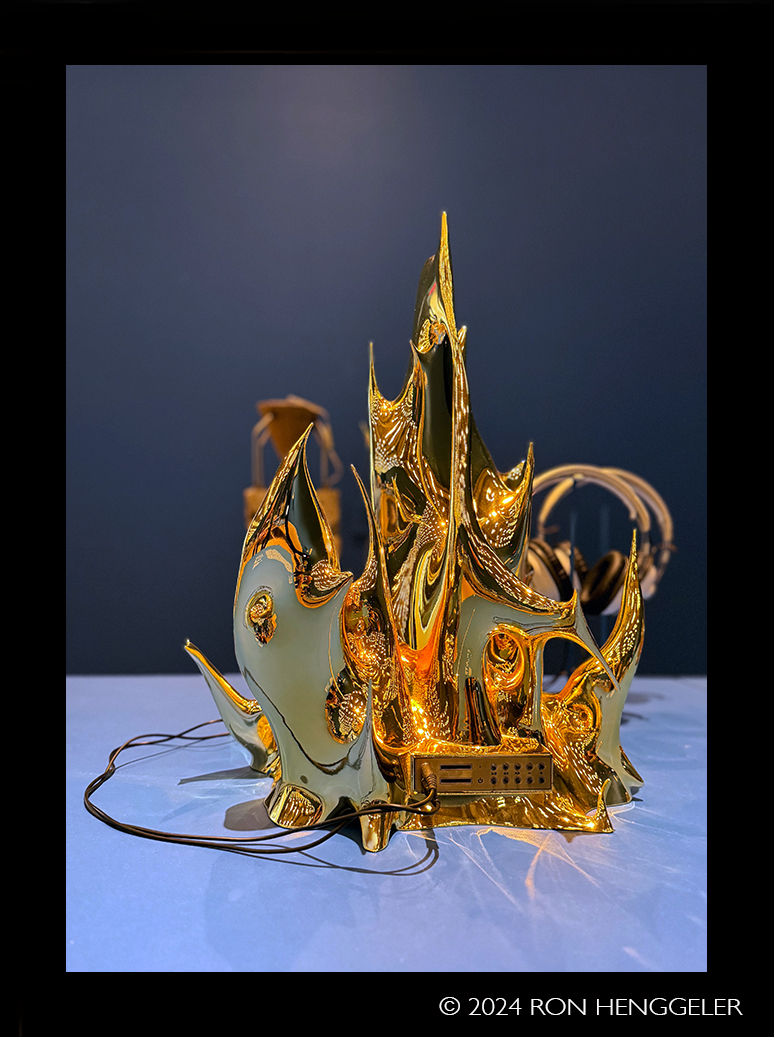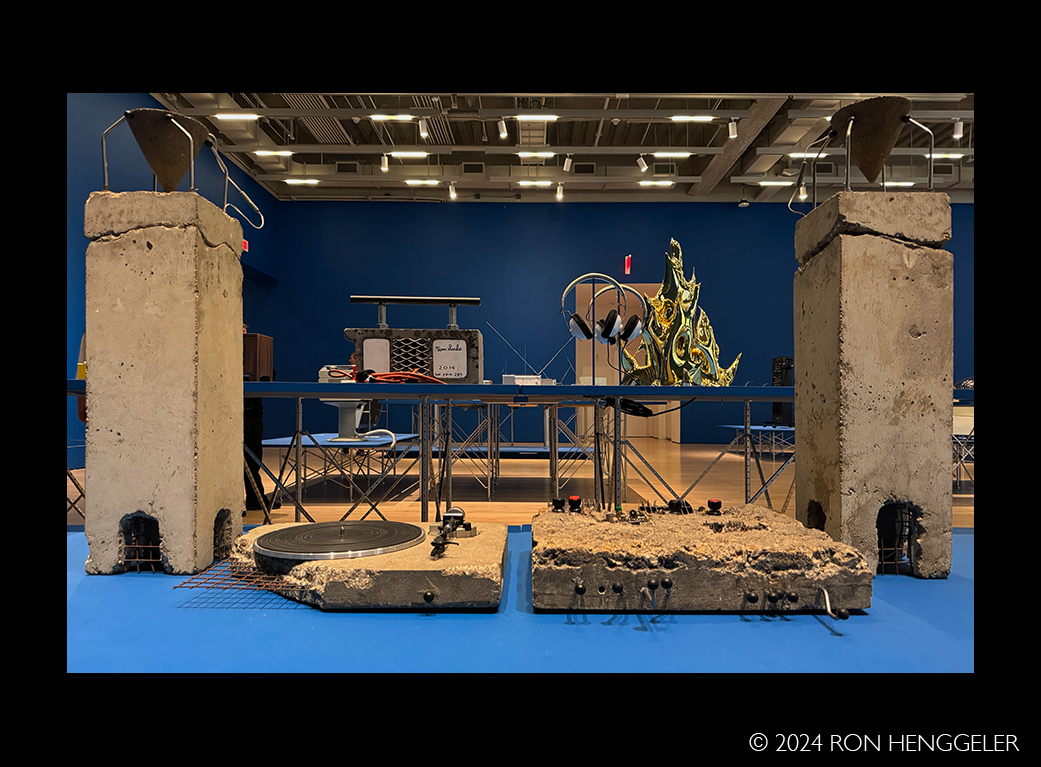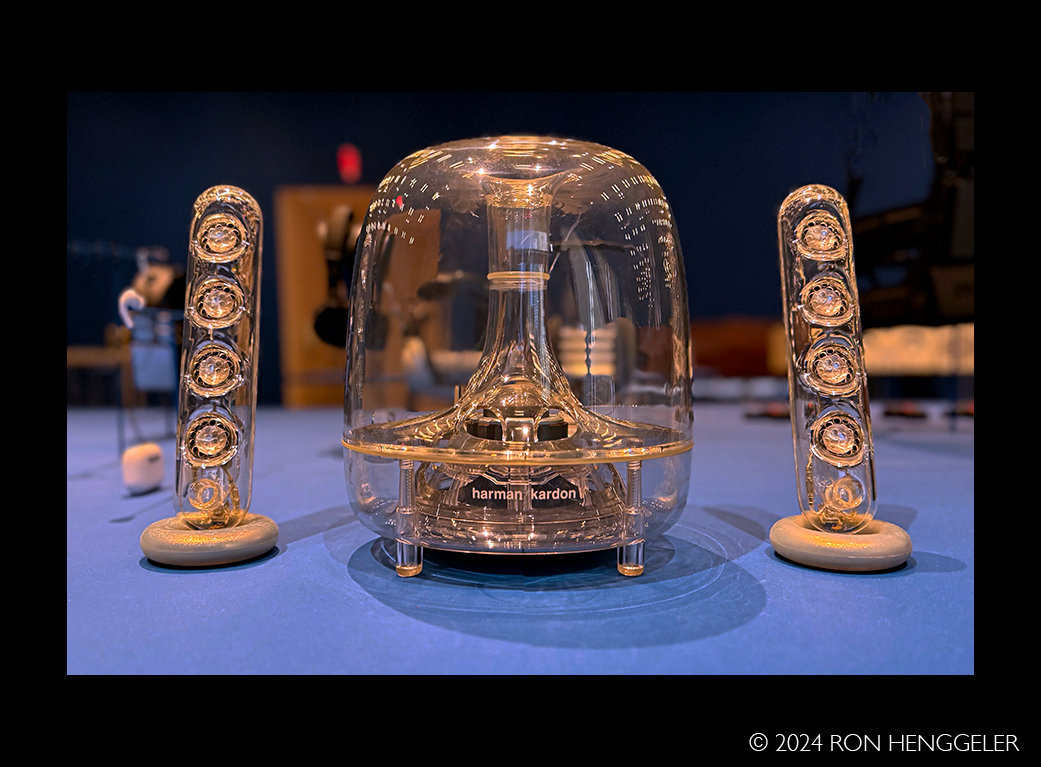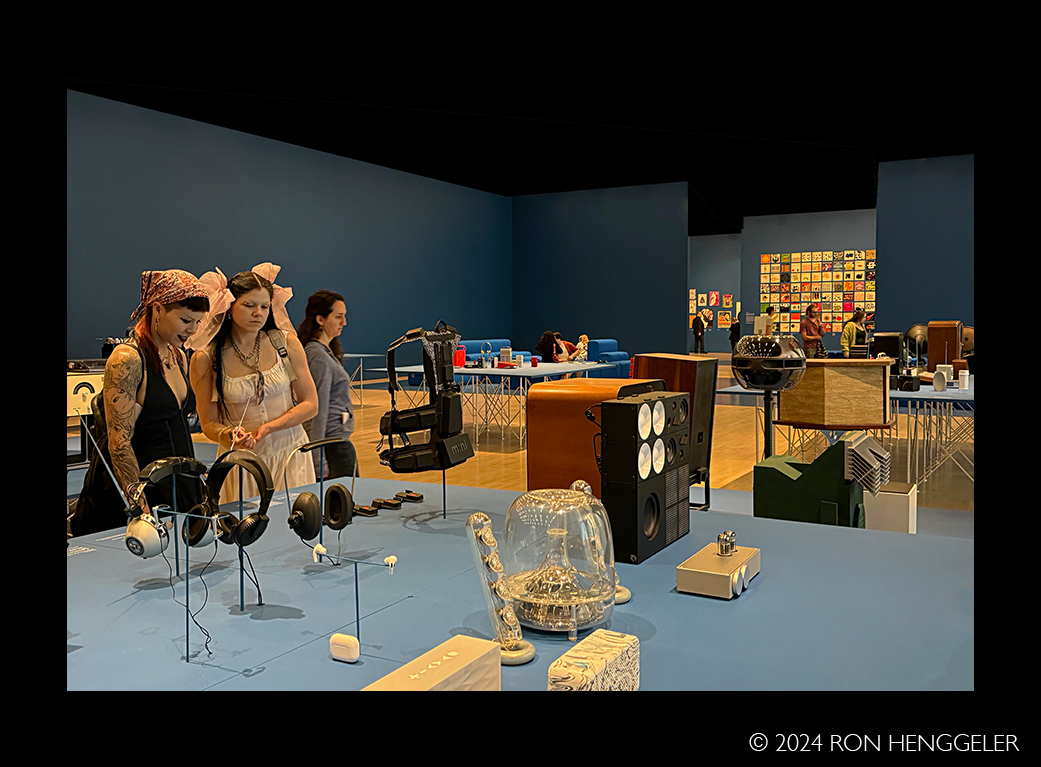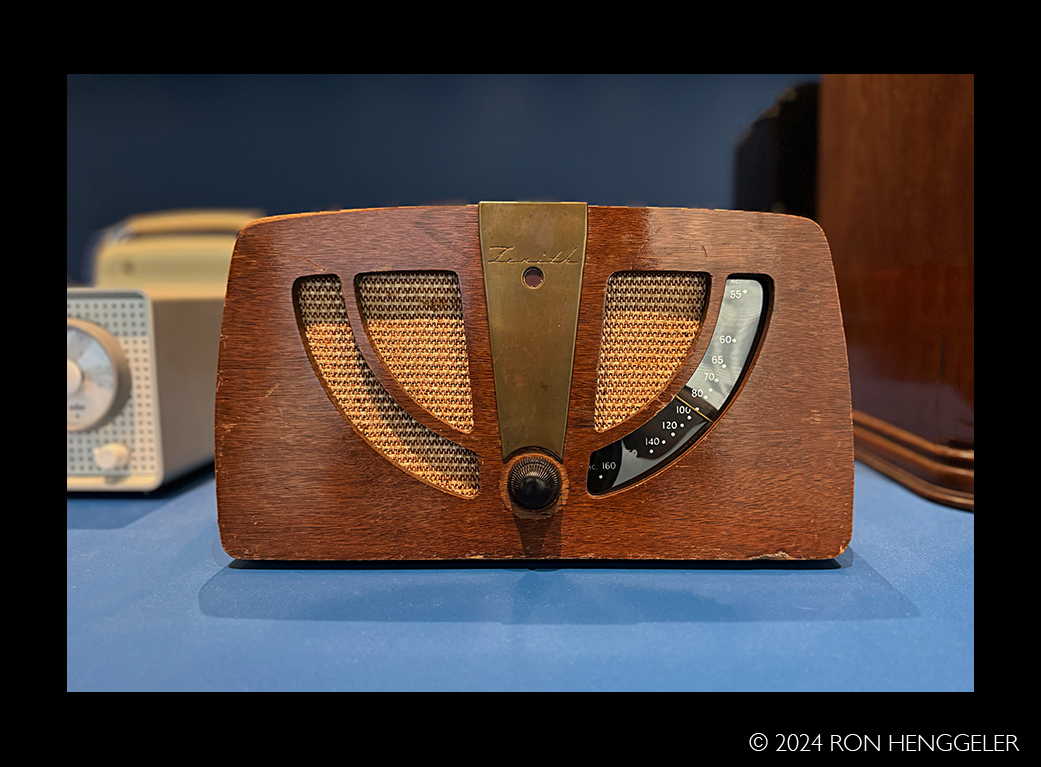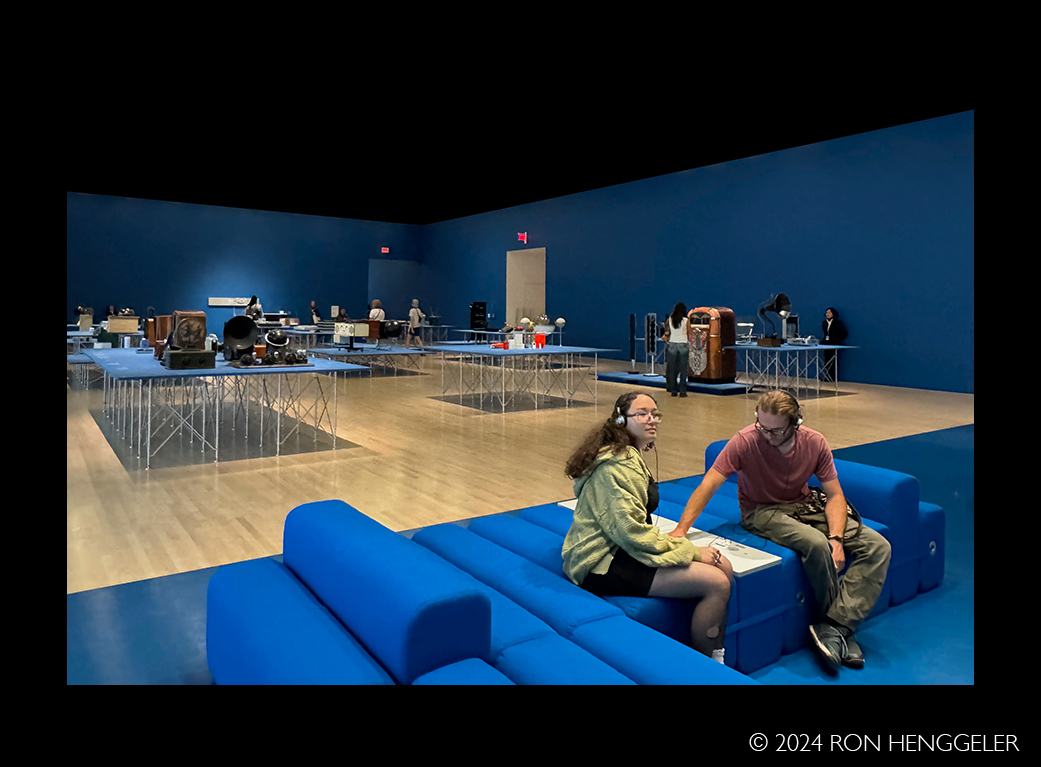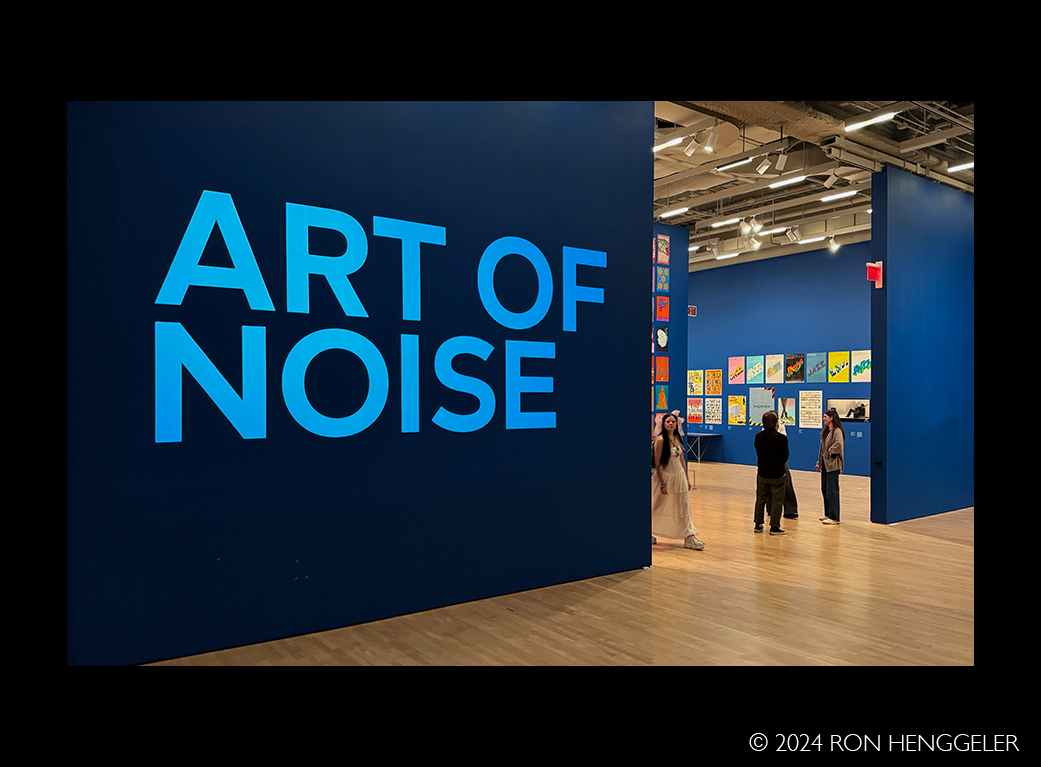RON HENGGELER |
June 15, 2024The Art of Noiseat San Francisco's Museum of Modern Art |
||
Art of Noise presents more than eight hundred works that have shaped our relationship to music over the past century. It shows how our experiences are built by both the sounds we hear and the artifacts that help illustrate or activate them, whether through color and composition or through form, material, and mechanics.Art |
||
|
||
Music is a pillar of our creative culture and artistic output. While fundamentally sonic, our perception of music goes beyond just hearing it-design and art have long established a visual counterpart to its performance and transmission. |
||
|
||
Displayed floor to ceiling, hundreds of expressive works-SFMOMA's entire trove of psychedelic rock posters-are presented here for the first time. This grouping illuminates concerts put on by the famed promoters Bill Graham and Chet Helms between 1966 and 1971 for landmark San Francisco venues like The Matrix, The Fillmore, the Avalon Ballroom, and beyond. |
||
|
||
|
||
|
||
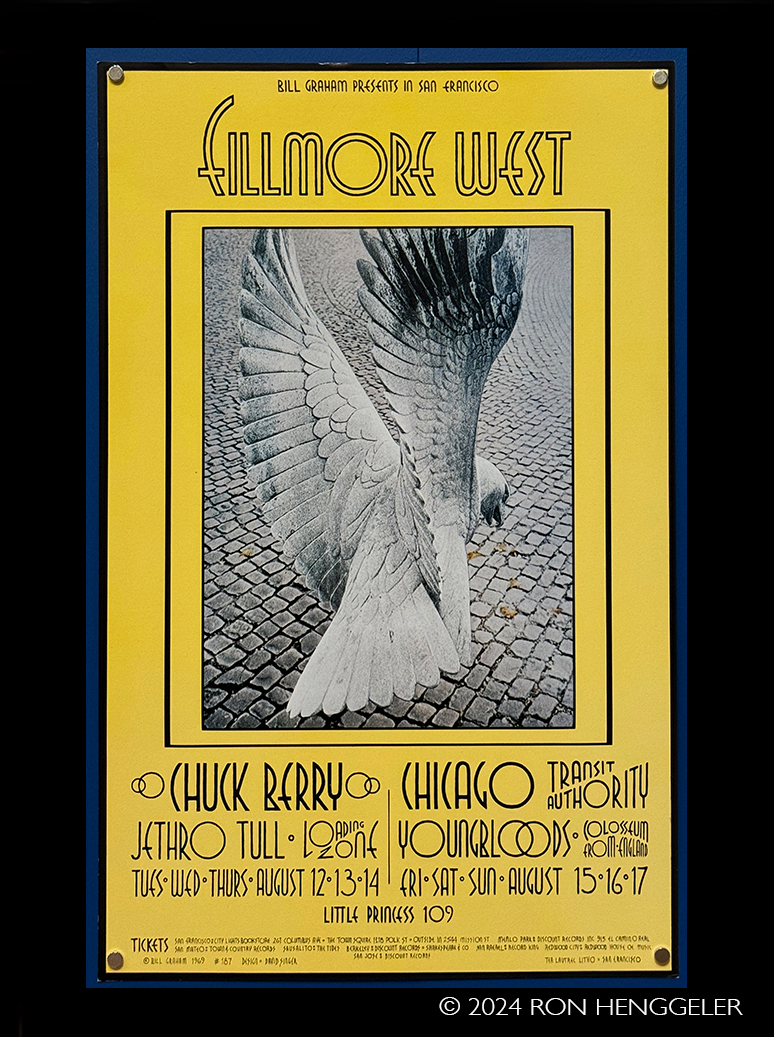 |
||
|
||
|
||
|
||
|
||
Across album covers, posters, and flyers, graphic design can complement or convey a musical sound and provide a parallel to our auditory experience of it. These visual outputs are so essential that genres of music are often associated with specific typographic styles, color palettes, and even production techniques-from hand drawn to photocopied to digitally manipulated. |
||
|
||
|
||
|
||
|
||
|
||
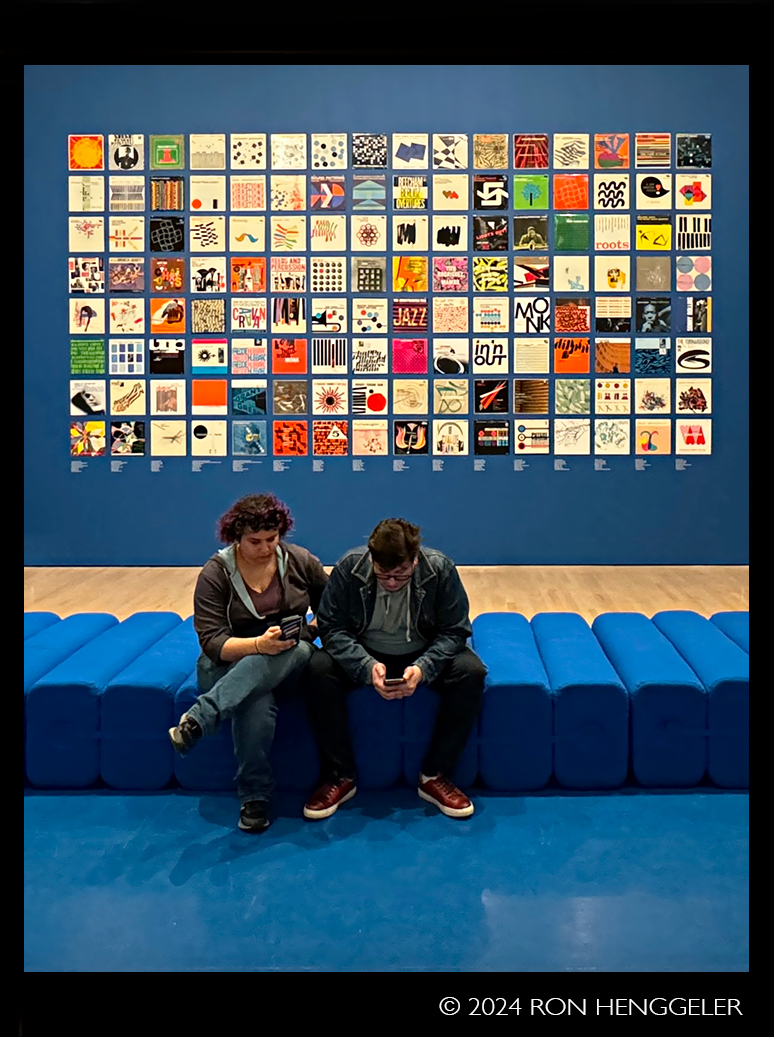 |
||
The commercial introduction of the twelve-inch LP (long playing) vinyl record in 1948 established a new format for record art. While the first LP album covers featured simple title blocks and a photograph of the recording artist, in the 1950s designers began taking a more modernist approach. Experimenting with bold typography, innovative photography, and abstraction, they set out to graphically express the essence of the music. Record labels for jazz and other emerging genres gave creative license to designers and artists-like Reid Miles for Blue Note Records, Alex Steinweiss for Columbia Records, and Laini Abernathy for Delmark Records-whose styles became synonymous with the sounds of the record companies. |
||
|
||
|
||
|
||
|
||
|
||
|
||
|
||
|
||
|
||
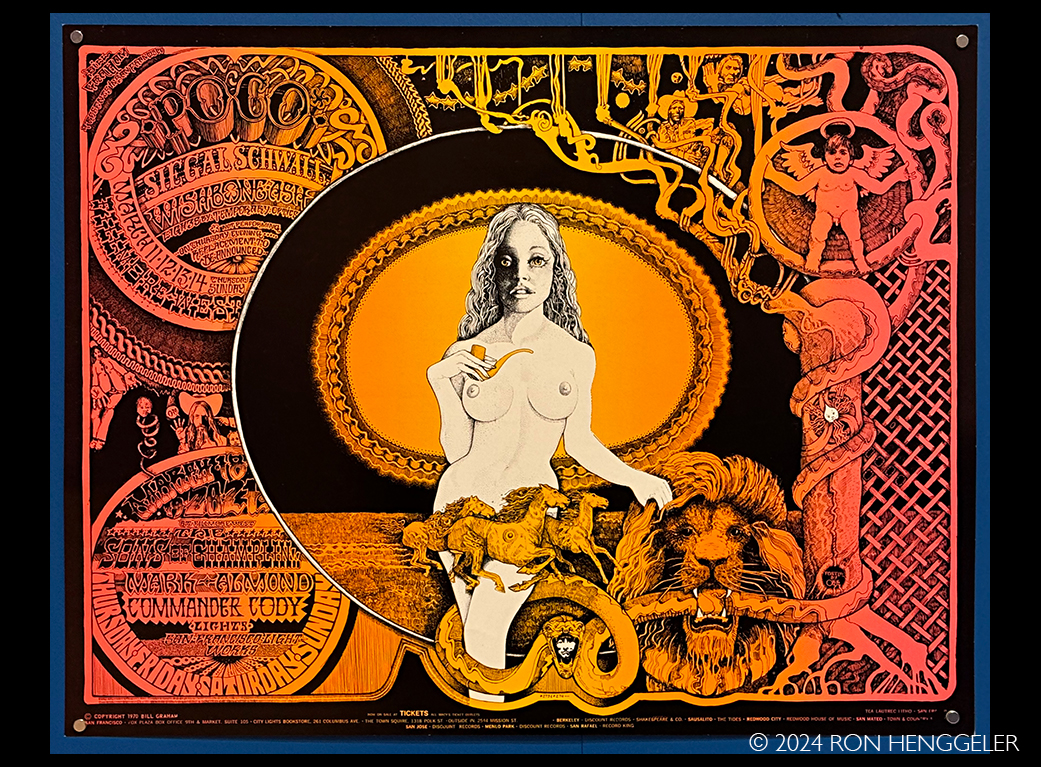 |
||
|
||
This exhibition tracks the evolution of these objects as well as the integral role that design has played in how we listen, where we listen, and what we listen to. For many people, these choices resonate as inseparable from music itself, becoming embedded in the vivid experience and memory of a soundscape-a synesthesia for our ears and eyes. |
||
|
||
|
||
Presented in this exhibit are 128 album covers from the SFMOMA Library and San Francisco's Letterform Archive that capture the energy and emotion of the music of the 1950s and 1960s and suggest how this pivotal era set the stage for decades of covers to come. |
||
|
||
The look of music players-including radios, stereos, boomboxes, turntables, and portable devices-has developed alongside advancements in technology and evolving cultural aesthetics. Art of Noise maps these expressive and iconic product designs, from the mechanical and analogue playbacks of a hundred years ago to the devices that deliver nearly infinite access to digital streaming today. |
||
|
||
Art of Noise maps these expressive and iconic product designs, from the mechanical and analogue playbacks of a hundred years ago to the devices that deliver nearly infinite access to digital streaming today. |
||
|
||
Model 40 radio ca. 1927
|
||
|
||
The Sound of the Earth spherical phonograph
|
||
|
||
Model 425 speaker ca. 1926
|
||
|
||
Air King radio
|
||
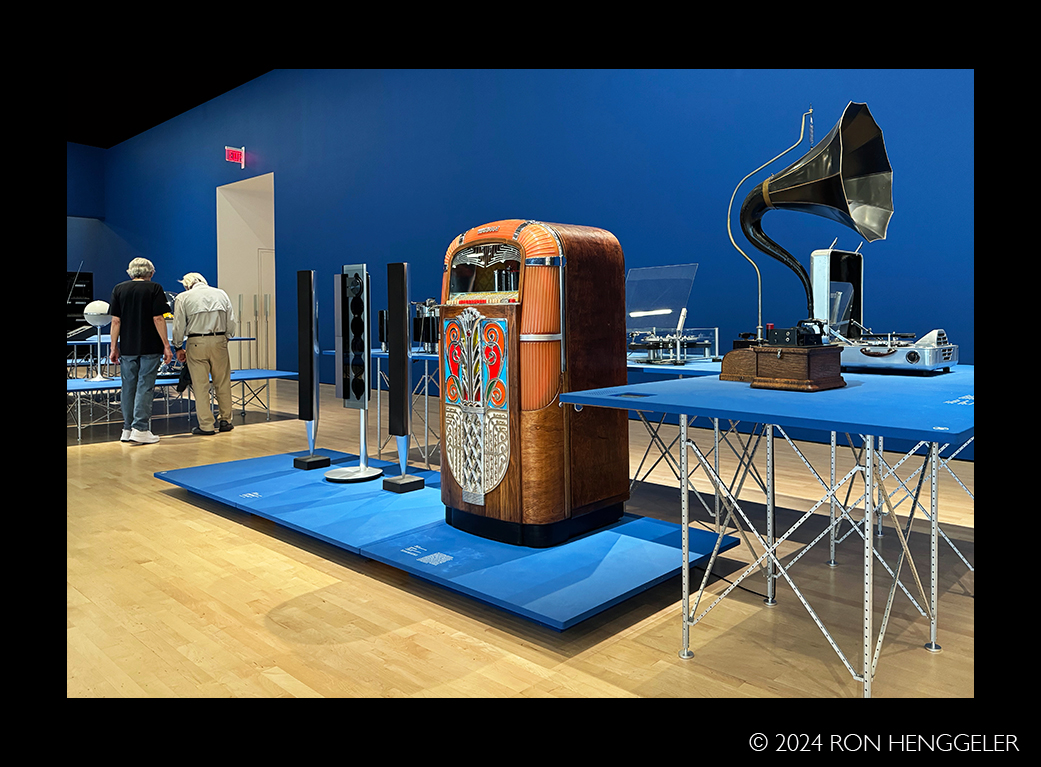 |
||
This exhibition tracks the evolution of these objects as well as the integral role that design has played in how we listen, where we listen, and what we listen to. For many people, these choices resonate as inseparable from music itself, becoming embedded in the vivid experience and memory of a soundscape-a synesthesia for our ears and eyes. |
||
|
||
|
||
|
||
Edison Fireside Model B cylinder phonograph
|
||
|
||
|
||
|
||
John Vassos
|
||
|
||
David Gammon
|
||
|
||
|
||
|
||
|
||
|
||
|
||
|
||
1426 jukebox |
||
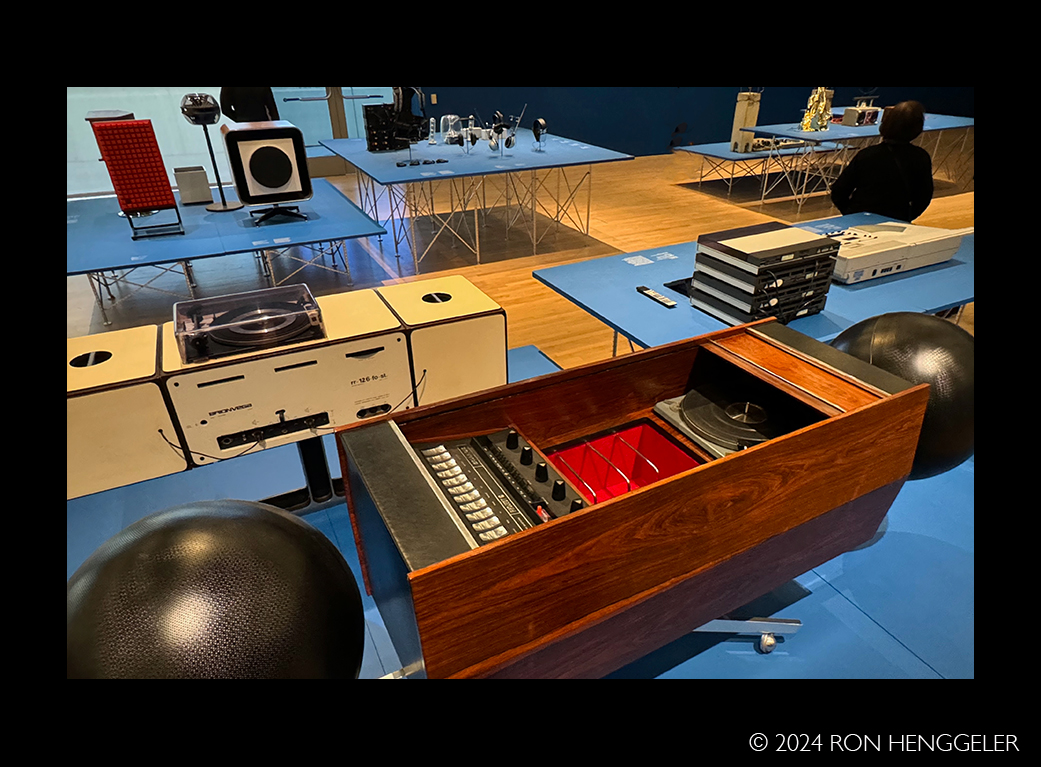 |
||
|
||
|
||
Project G phonograph |
||
|
||
|
||
|
||
|
||
|
||
|
||
|
||
|
||
|
||
|
||
|
||
|
||
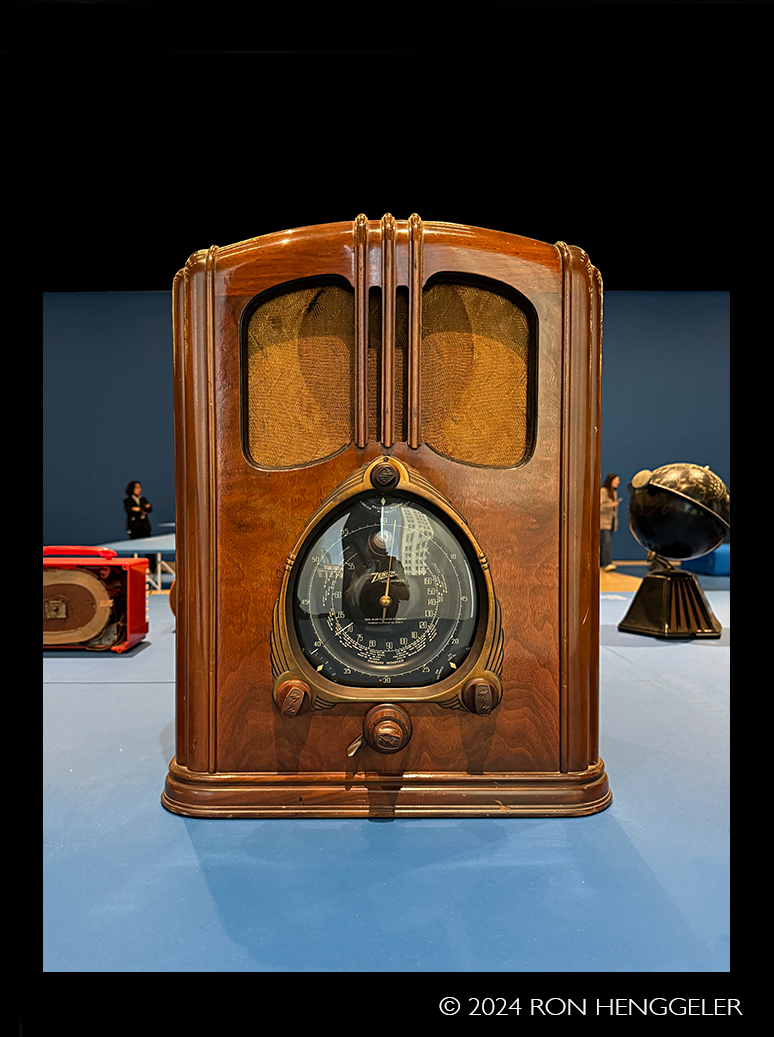 |
||
Zenith Radio
|
||
|
||
Model 6D030 radio
|
||
|
||
|
||
ART OF NOISEMay 4–August 18, 2024Floor 7SFMOMA |
||
Newsletters Index: 2024, 2023, 2022, 2021 2020, 2019, 2018, 2017, 2016, 2015, 2014, 2013, 2012, 2011, 2010, 2009, 2008, 2007, 2006
Photography Index | Graphics Index | History Index
Home | Gallery | About Me | Links | Contact
© 2023 All rights reserved
The images oon this site are not in the public domain. They are the sole property of the
artist and may not be reproduced on the Internet, sold, altered, enhanced,
modified by artificial, digital or computer imaging or in any other form
without the express written permission of the artist. Non-watermarked copies of photographs on this site can be purchased by contacting Ron.
